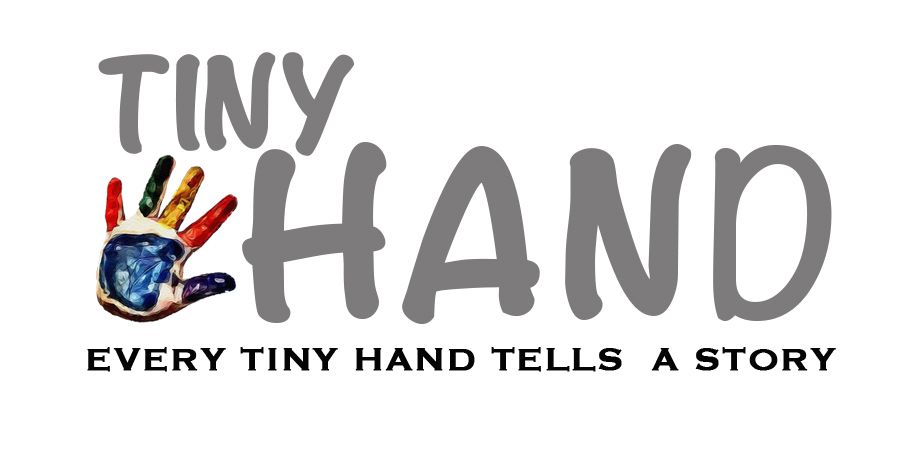Refugees’ Wardrobes Are Like No Other!

Imagine you have only a single item of clothing in winter, would you still be able to avoid feeling cold?
What if your residence is neither a house, a city, nor even a village — but a mere tent set up in the open air? If this is the case, then, surely a wardrobe in such a tent would not be like any regular wardrobe.
Unlike a regular wooden closet, a tent wardrobe would rather be a small tattered cardboard box with worn-out patched items that apparently look like clothes.
Moreover, such a cardboard box is often empty for whoever possesses one single piece of clothing does not need a box or a closet to keep it in.
This is exactly how the residents of Azaz Refugee Camp in rural Aleppo, Northern Syria, live.
Wardrobe One
A Completely Empty One

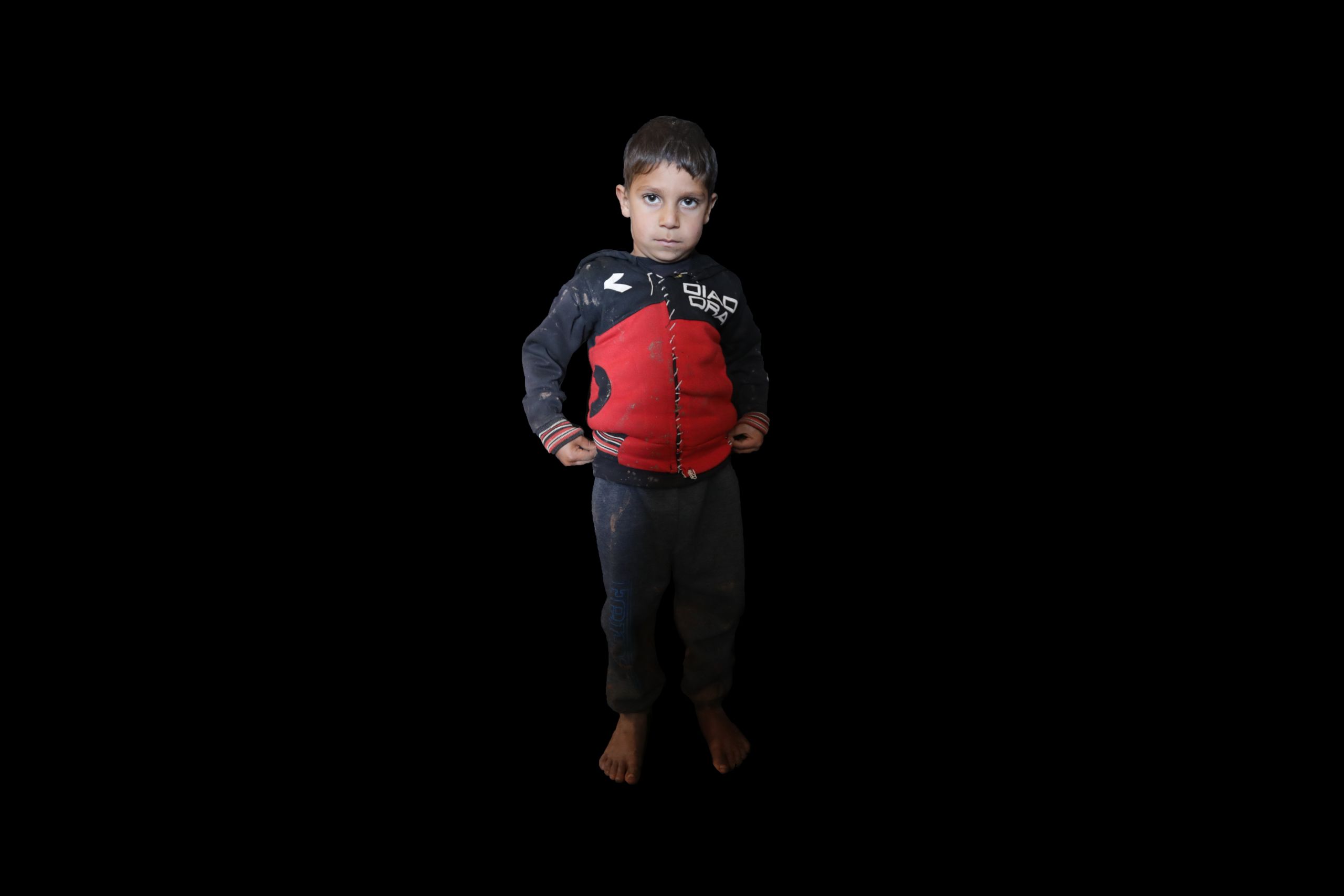
Mahmoud
Mahmoud
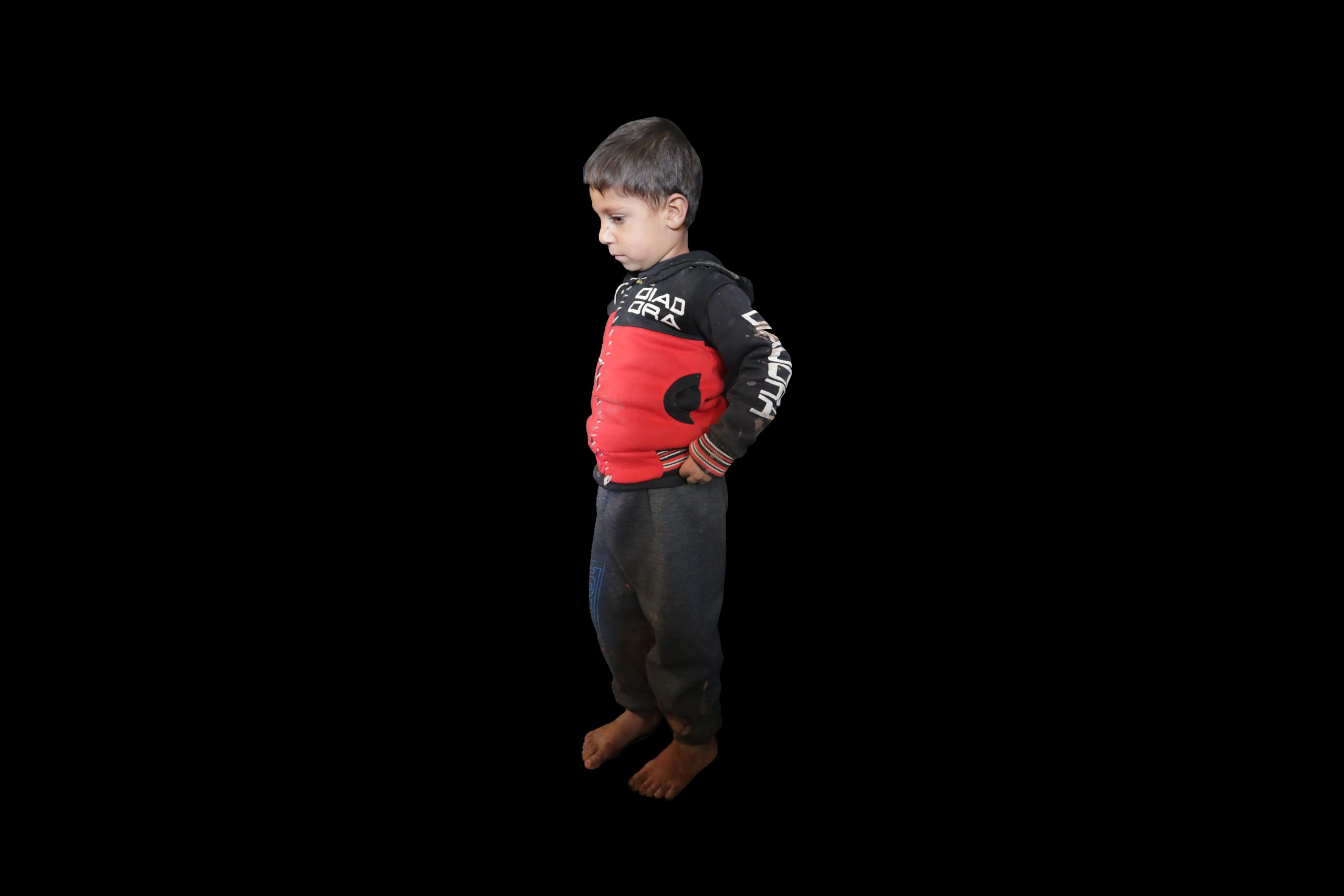
Mahmoud
Mahmoud
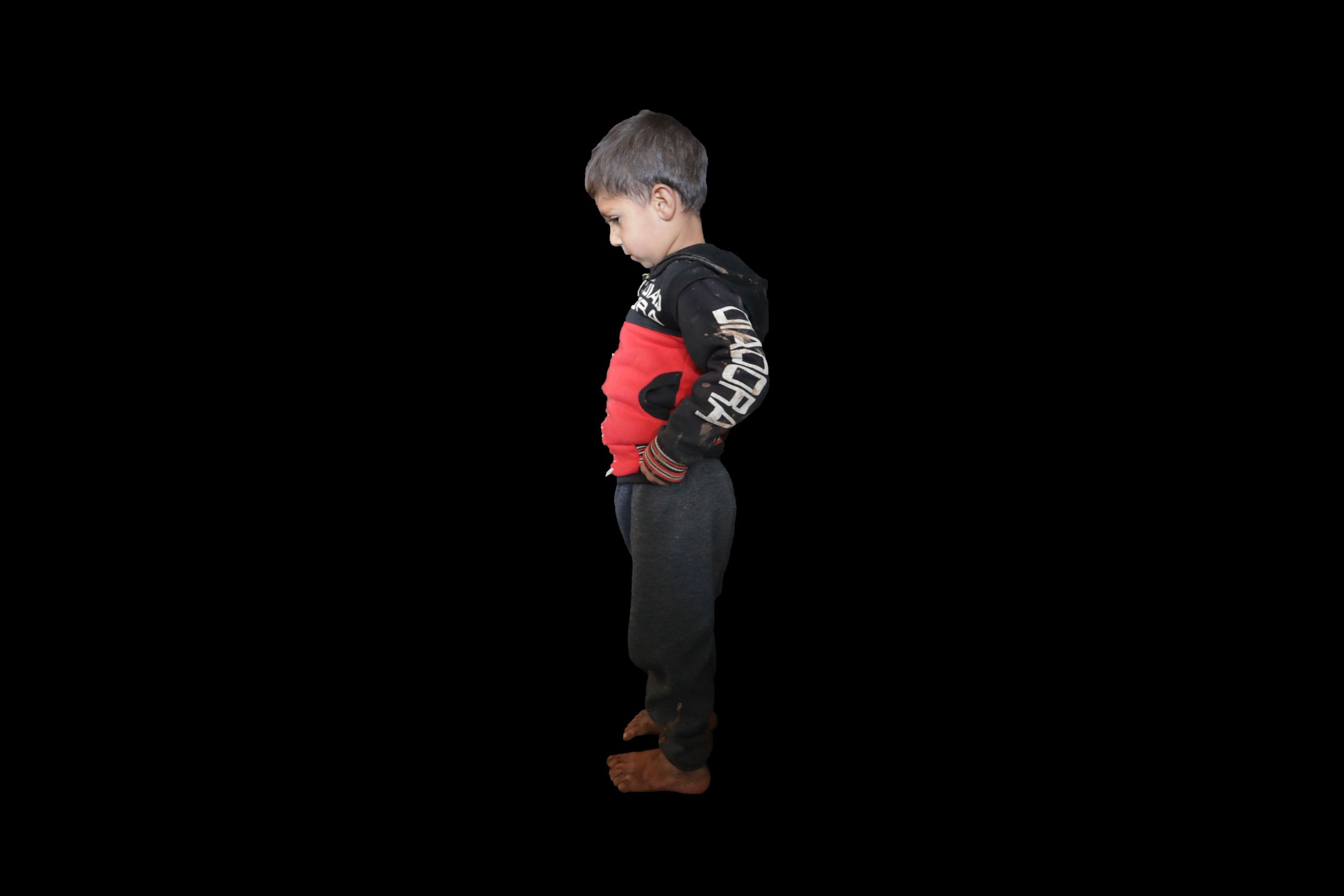
Mahmoud
Mahmoud
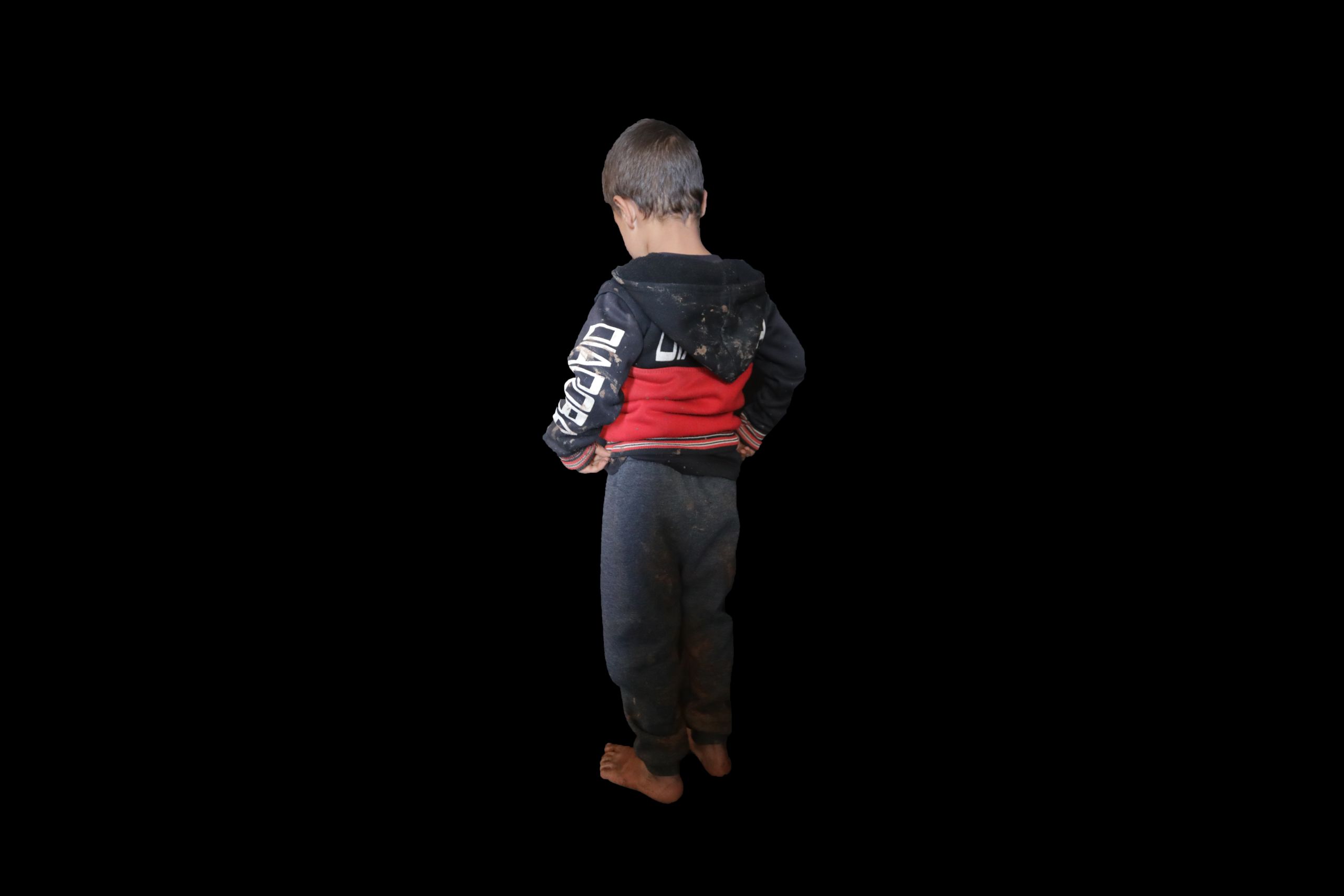
Mahmoud
Mahmoud
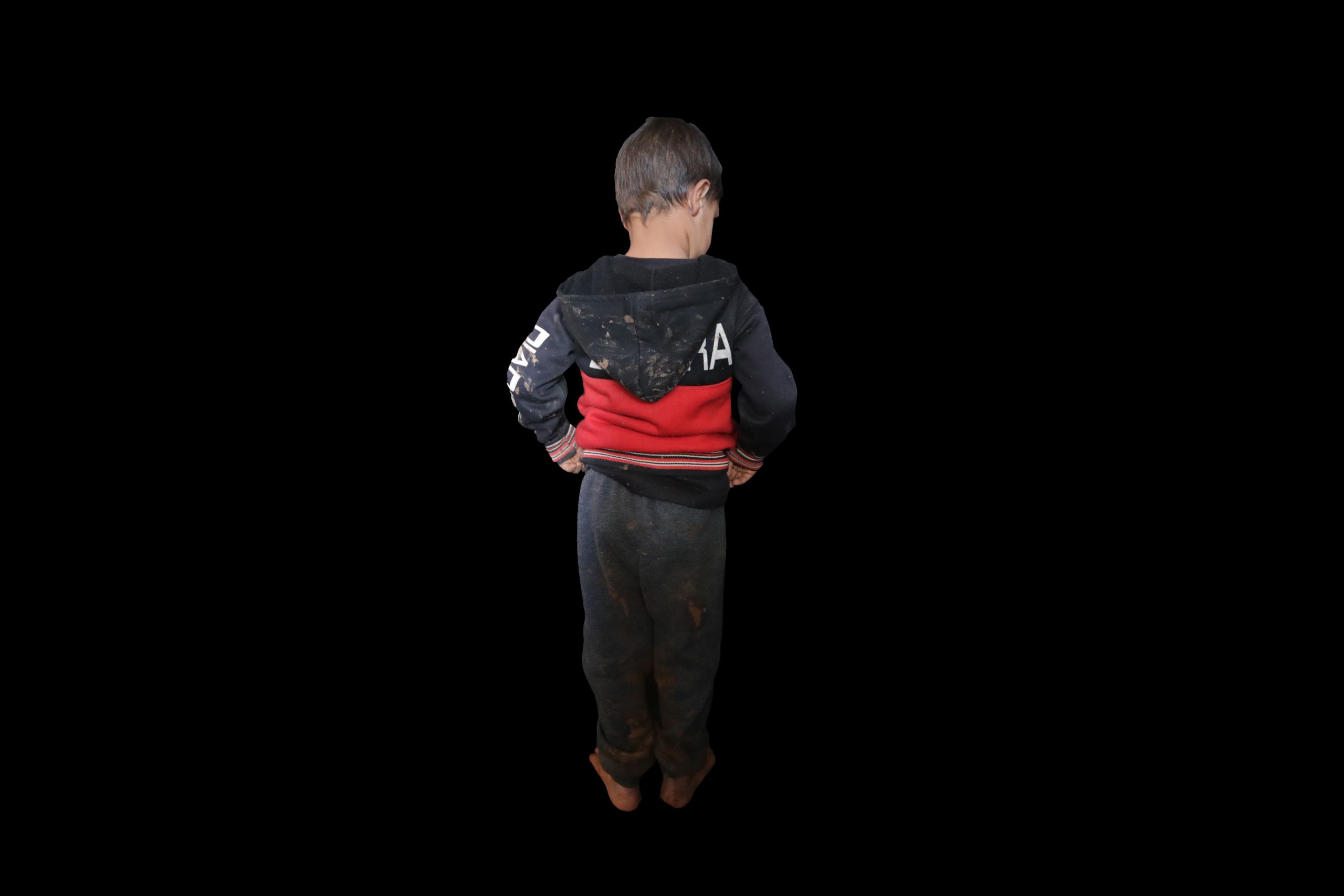
Mahmoud
Mahmoud
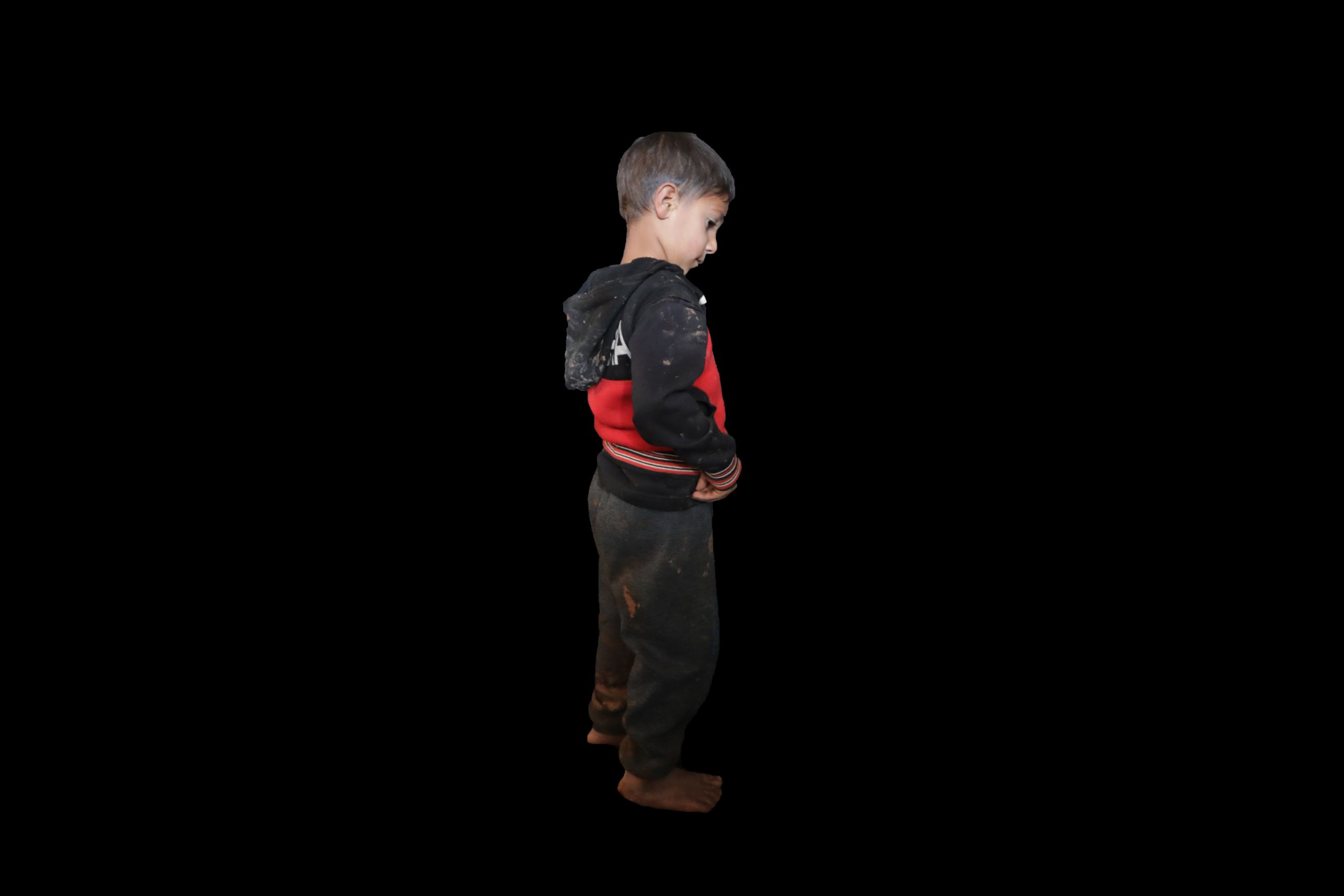
Mahmoud
Mahmoud
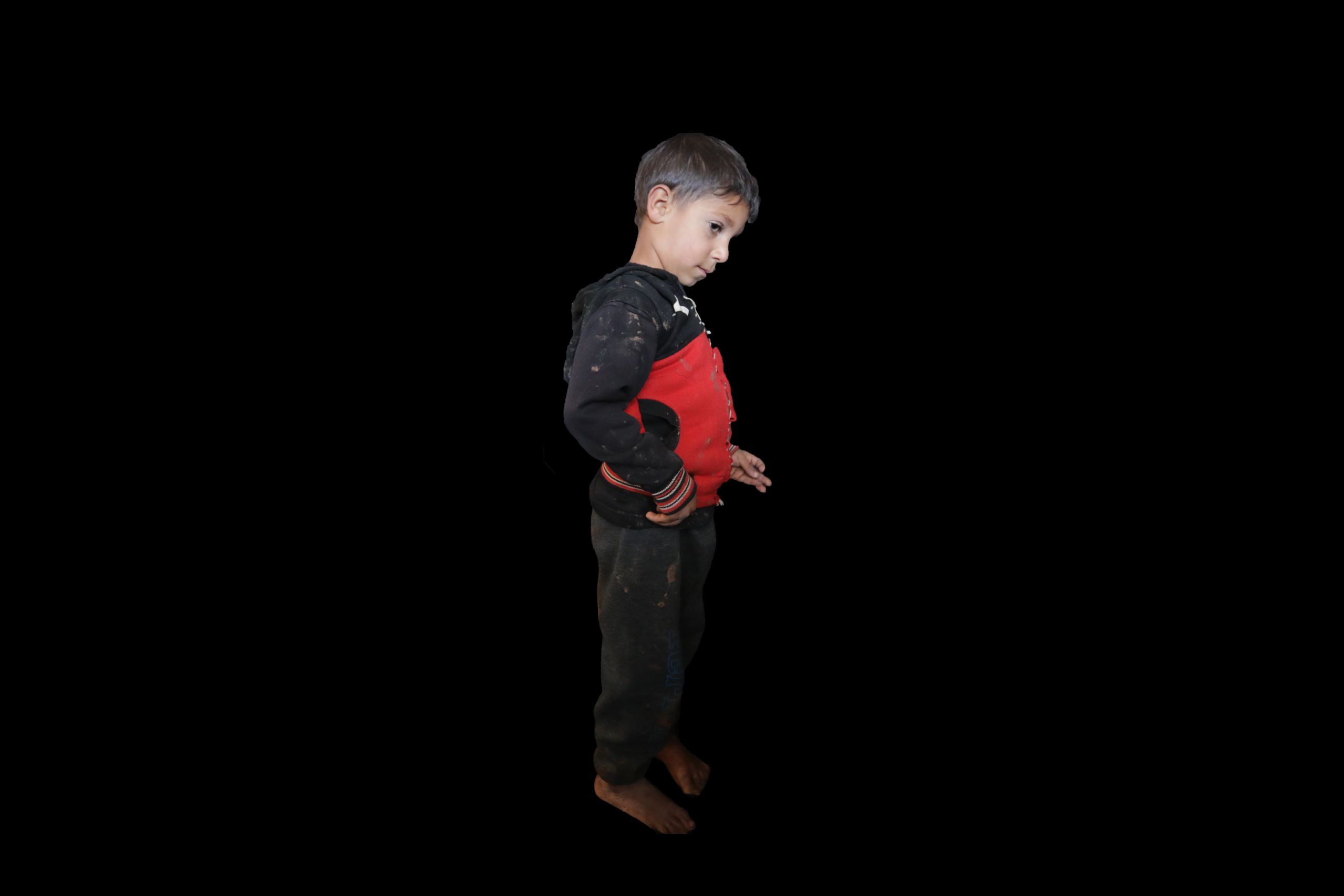
Mahmoud
Mahmoud
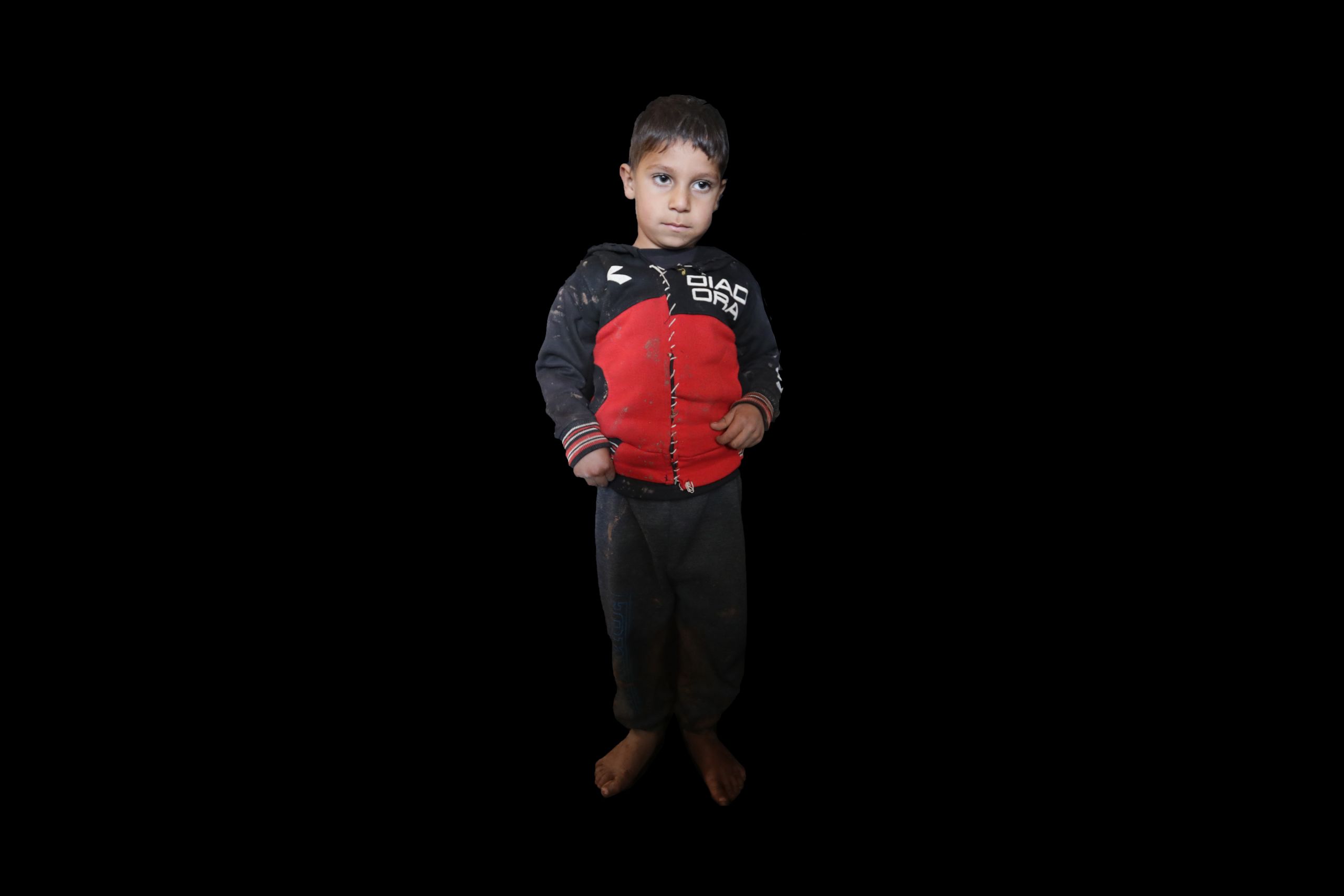
Mahmoud
Mahmoud
It is five o’clock in the morning, 4-year-old Mahmoud just woke up after a freezing cold night with heavy rainfall and a sub-zero temperature.
“It is cold at night; I woke up early out of cold. My feet feel icy cold. Sometimes I cannot feel my toes,” said Mahmoud making a thin breath cloud.
Mahmoud has neither shoes nor socks. A pair of black pants and a sweater he wears were all he has.
Like many other children we met at the camp, Mahmoud hates winter.
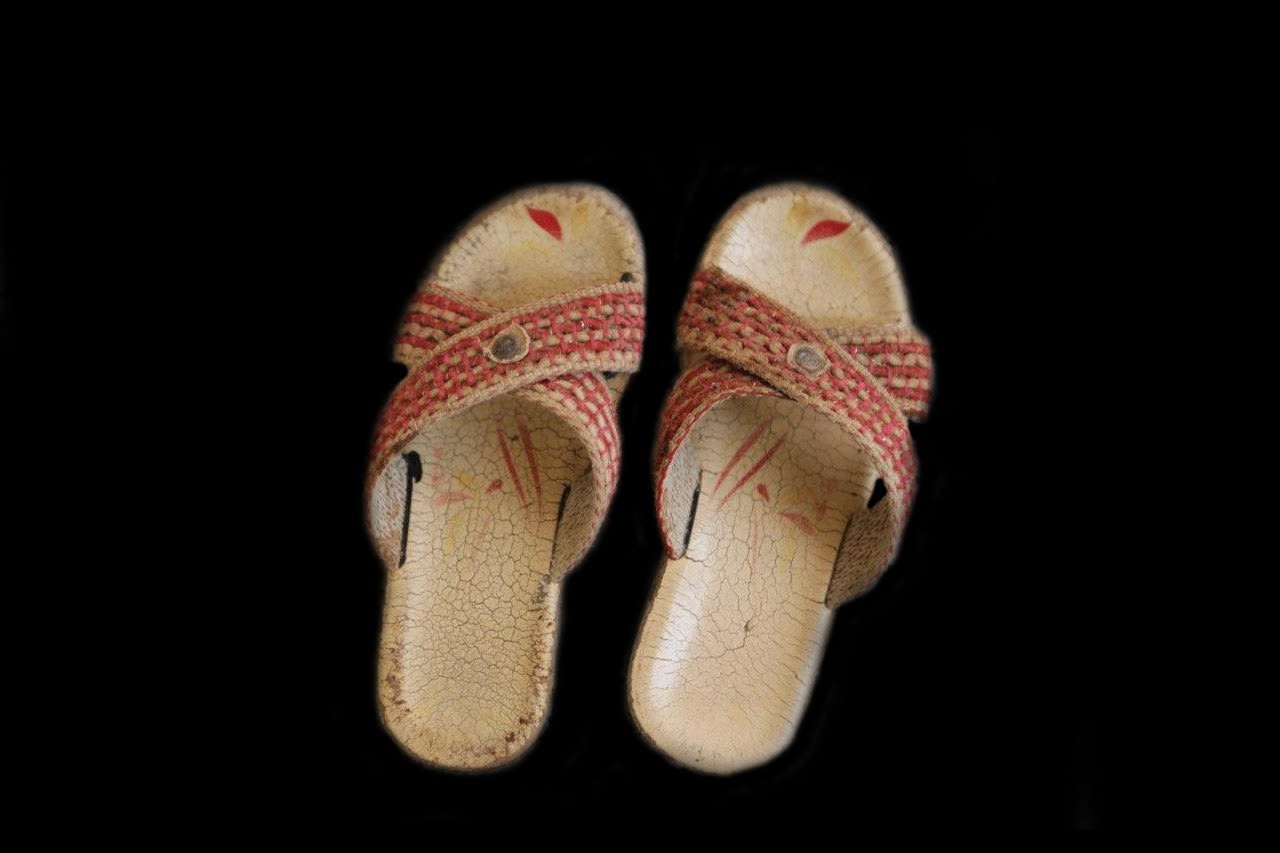
Winter’s cruel teeth-chattering cold, storms, heavy rain, and extremely low temperature intensified the brutality of the harsh living conditions the children experience in the camp.
Mahmoud’s family struggles to provide children with food and to gather wood to warm up their modest tent which has neither a window nor a door to prevent wind getting inside.
It takes no more than 10 seconds to catch sight of the interior of this poorly-equipped and modestly-furnished tent: it just has straw mats, a blanket, an out-of-service heater, and some basic items used in cooking food.
There are no room to store clothes or shoes here.
According to UNICEF statistics, there are 2.6 million internally displaced homeless children in Syria.
Wardrobe Two
he Girl Puts on Her Sister’s Clothes and Needs no Wardrobe!

For Aya, Monday mornings mean one thing; it is the weekly laundry day at her tent – the time she really detests.
When we asked Aya about her age, she slightly raised her shoulders and replied, “I don’t know!”; a frequent response we got from many other refugee children we met.
The children here have no idea about how old they are.
Having asked Aya on why she hates the laundry day, she speedily pointed to her clothes, namely a beige-red-and-black stripped sweater and a pair of black jeans. “I only have these two pieces!” she replied.
However, her elder sister offers her a good solution; the latter owns an additional sweater and a pair of pants. Aya wears her sister’s loose fitting clothes – despite their bigger size – until her wet washed clothes dry.
While sitting next to her wet clothes hung by a wood heater, Aya considers herself luckier than many other children because her father is a firewood-collector and their tent has a wood heater.
Putting on her embellished sandals without socks, Aya needs to get closer to the wood heater to warm up her feet.
“The ground is too cold; walking on it makes me sick,” she said.

Although tents are supplied with basic heaters, the problem lies in the scarcity of wood.
“We often turn on the heater only once a day,” added Aya, “However, when it is too cold, like today, we usually turn it on twice a day.”
Now it is time to turn the heater off. Fire gradually went out at the worn copper heater turning the flame’s color from orange into totally pale grey just like the color of the tent where Aya and her family live.
According to UNICEF statistics, more than 300,000 people in total have been displaced since December, in addition to 1.2 million children in dire need for help.
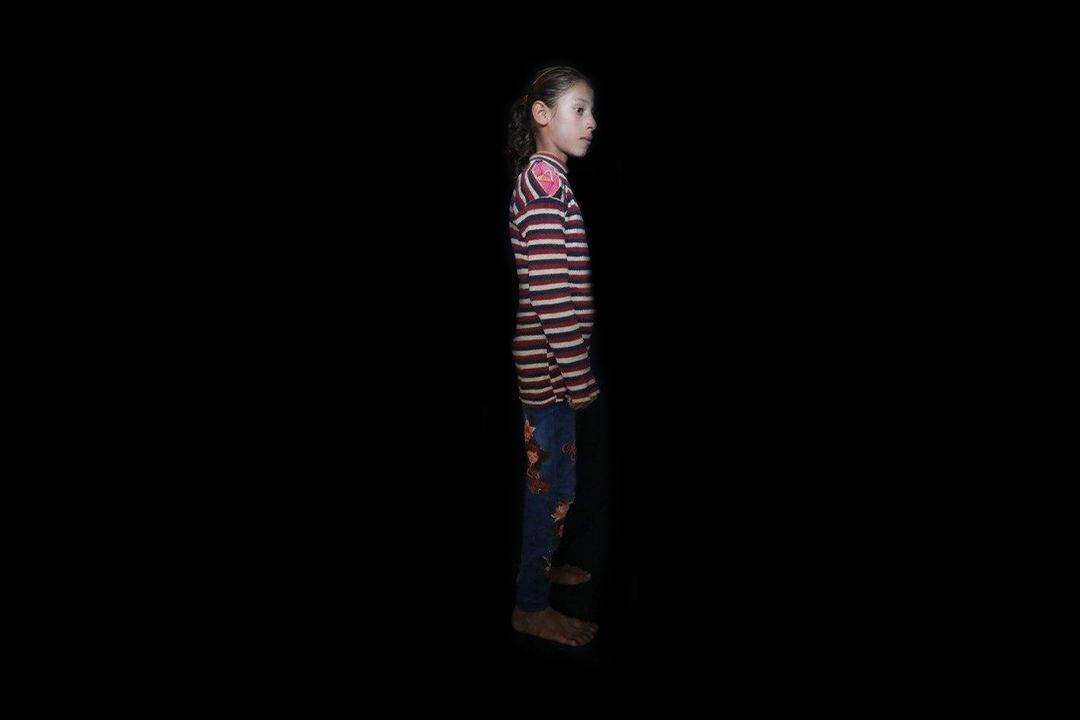
Aya
Aya
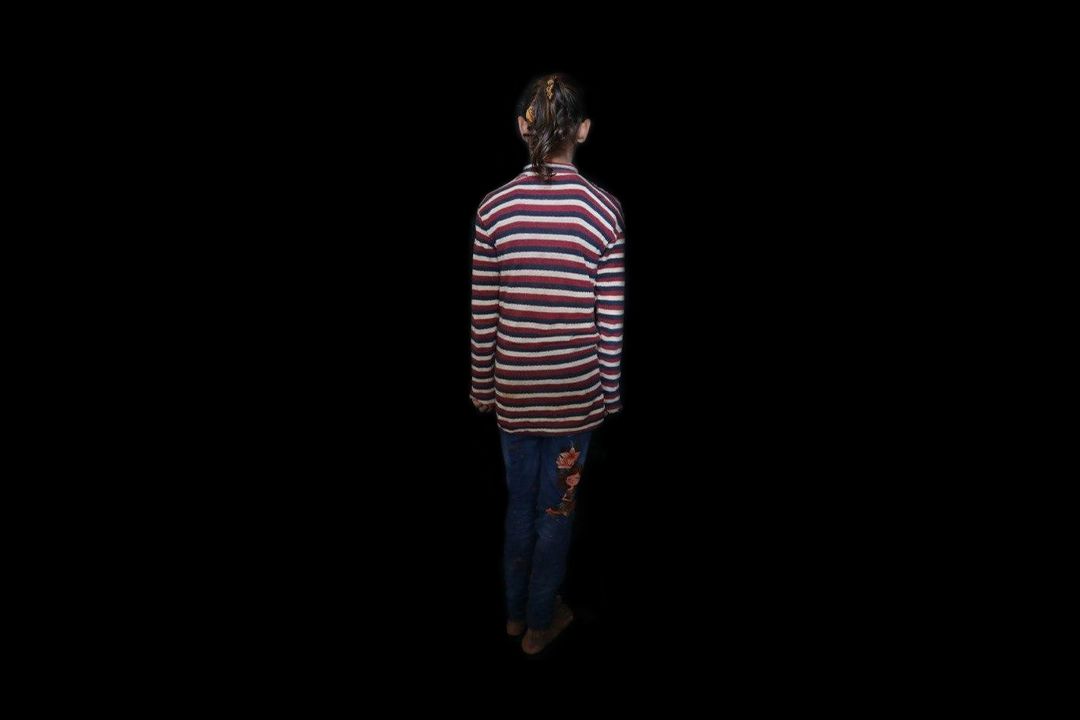
Aya
Aya
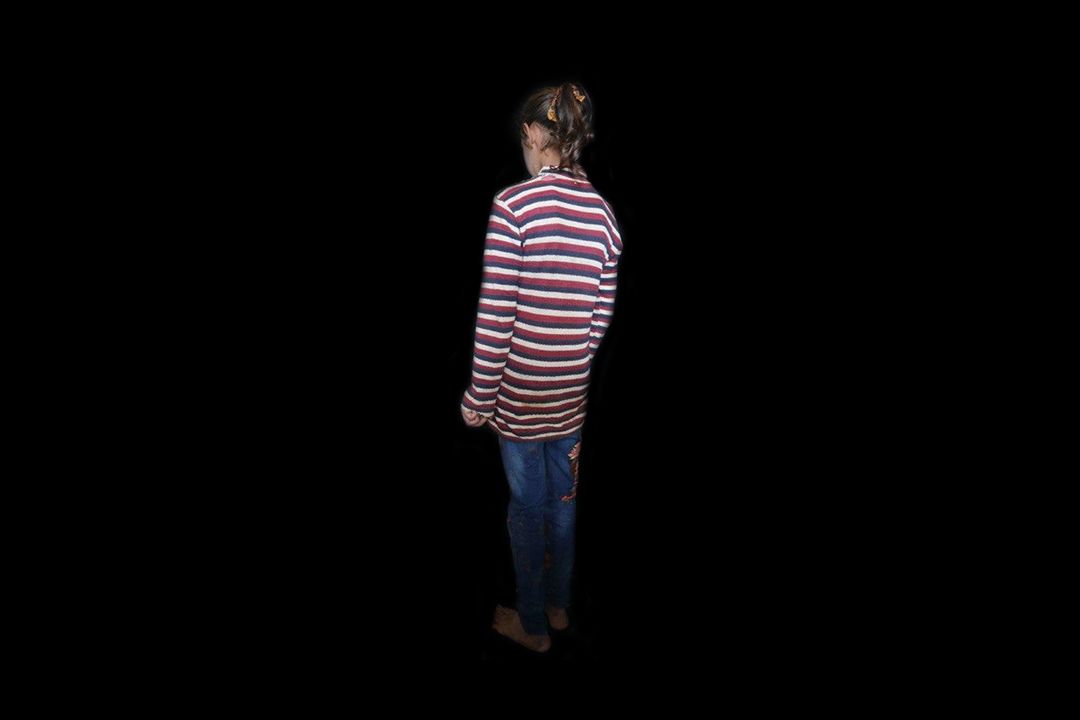
Aya
Aya
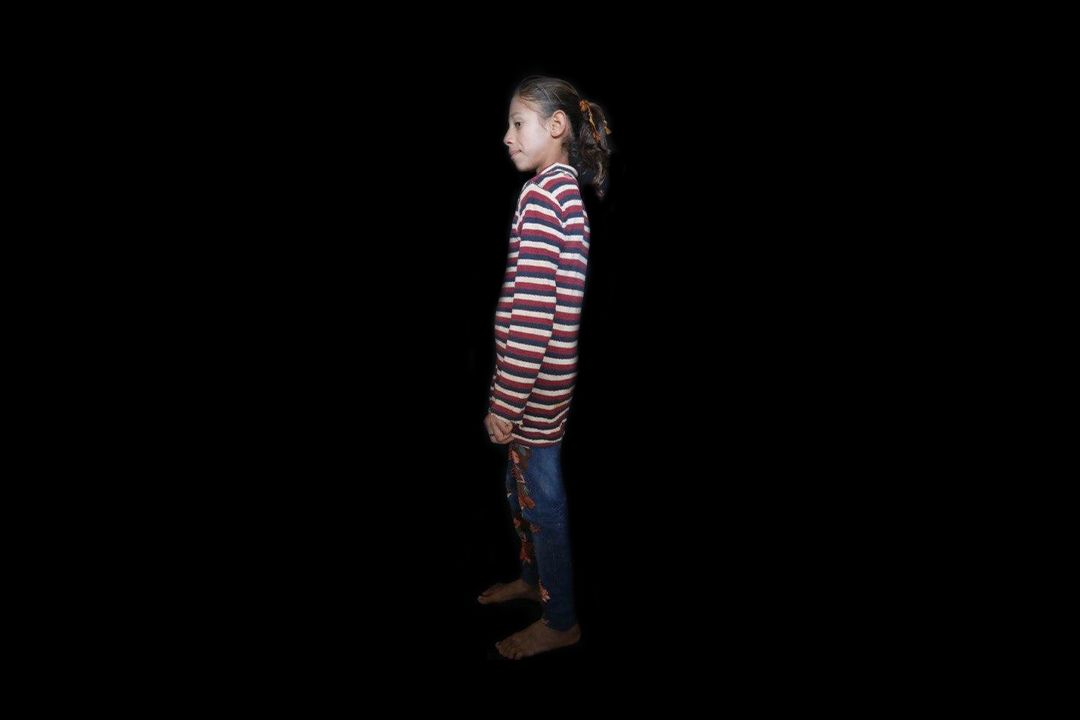
Aya
Aya
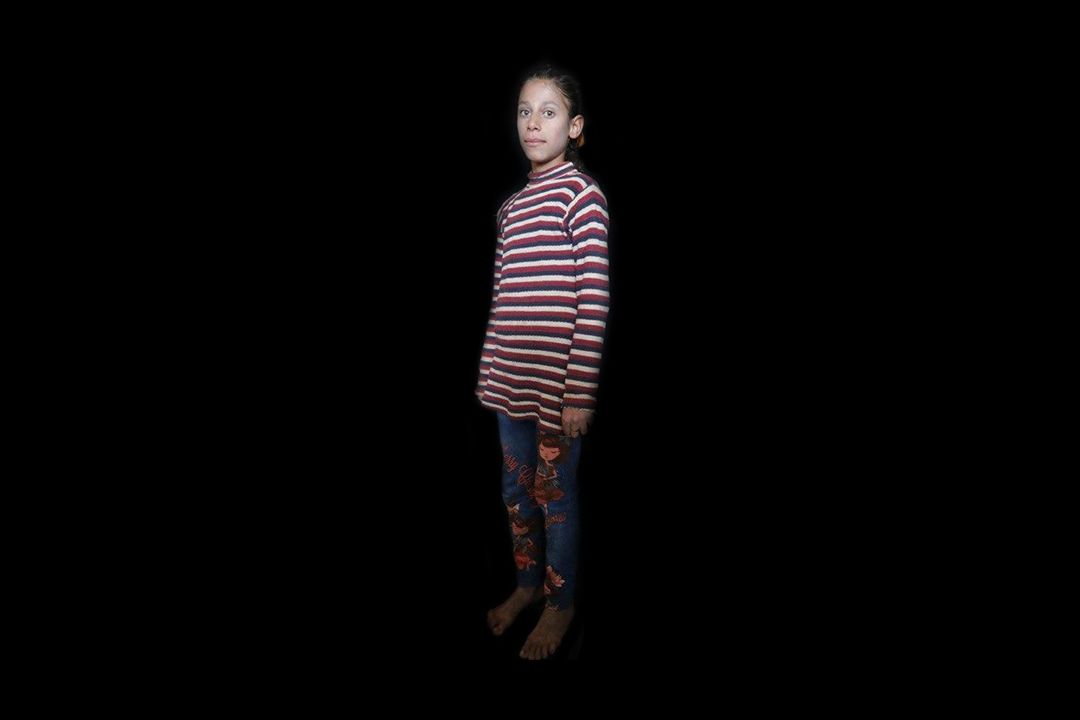
Aya
Aya
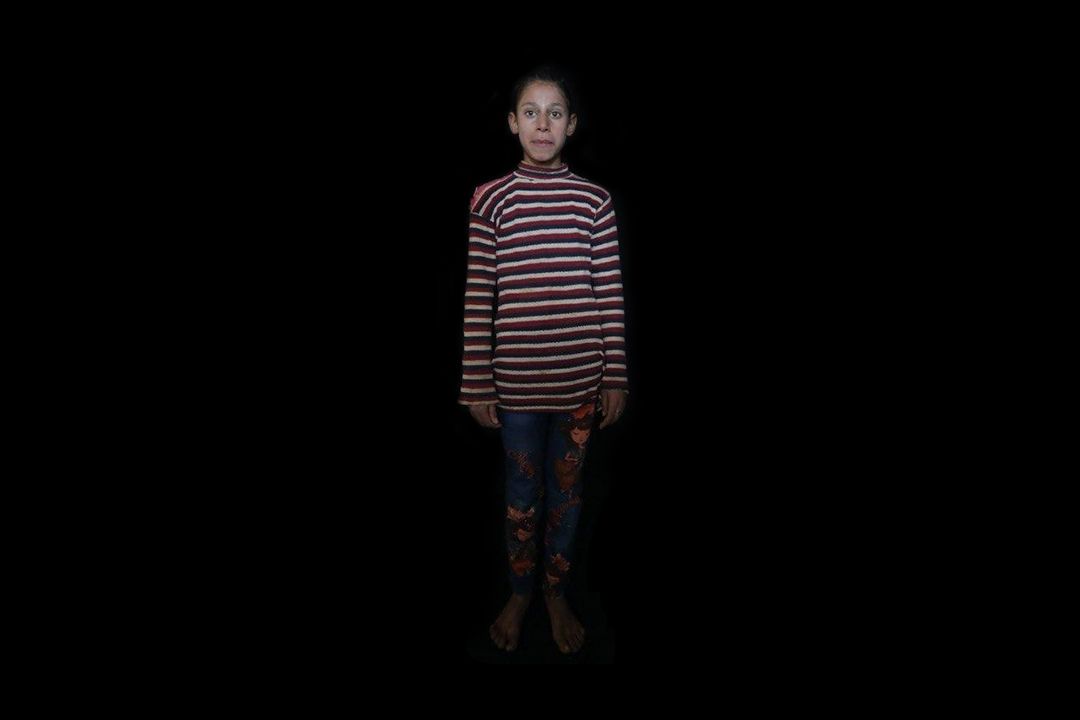
Aya
Aya
Wardrobe Three
A Grandmother’s Stockings

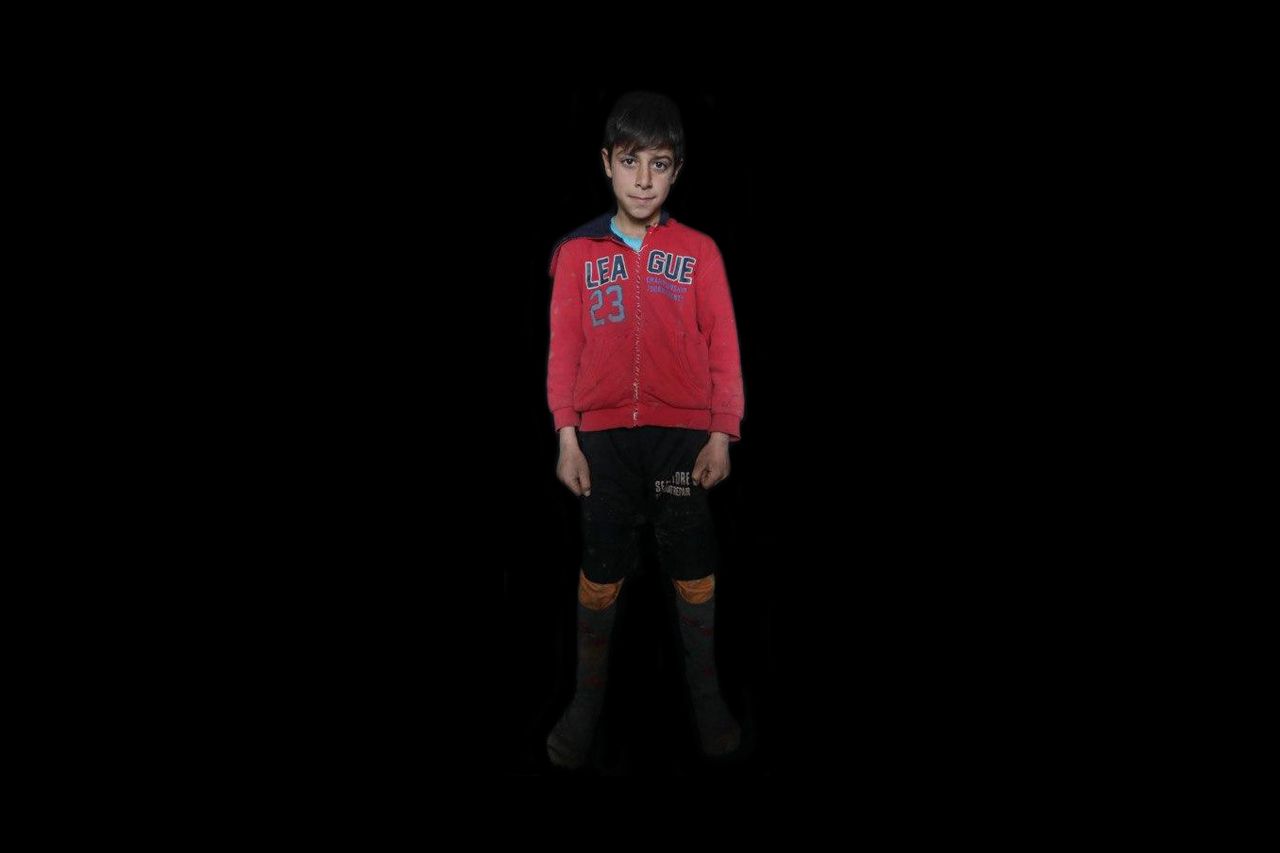
Mahmoud
Mahmoud
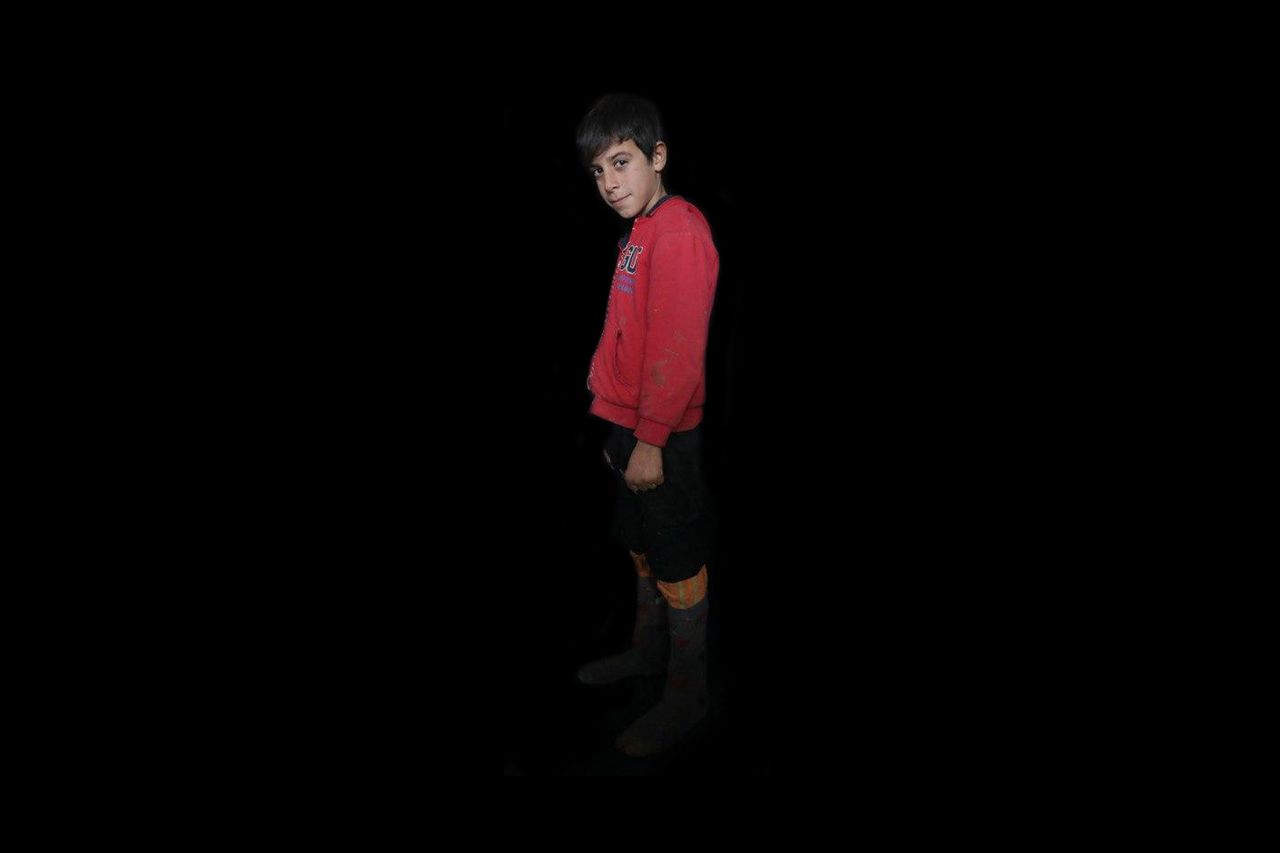
Mahmoud
Mahmoud
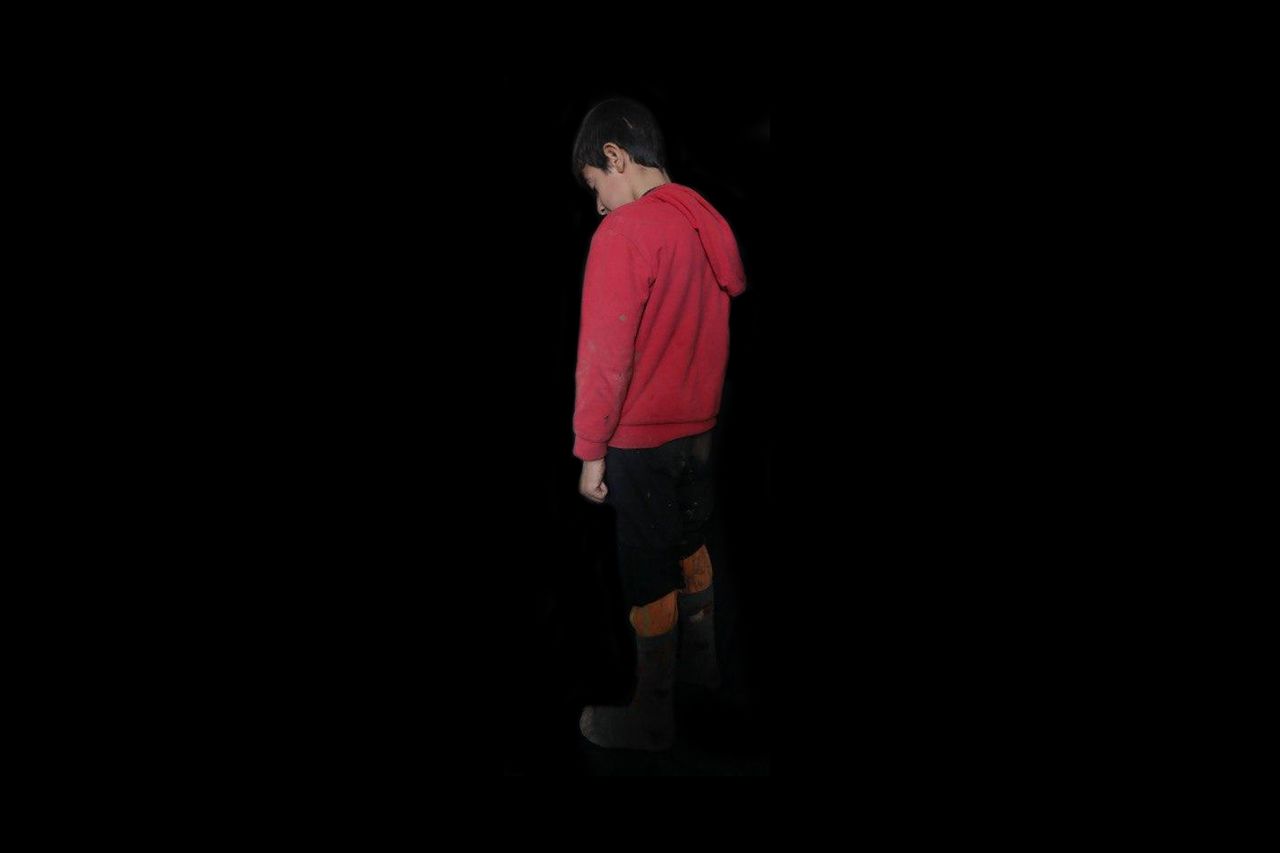
Mahmoud
Mahmoud
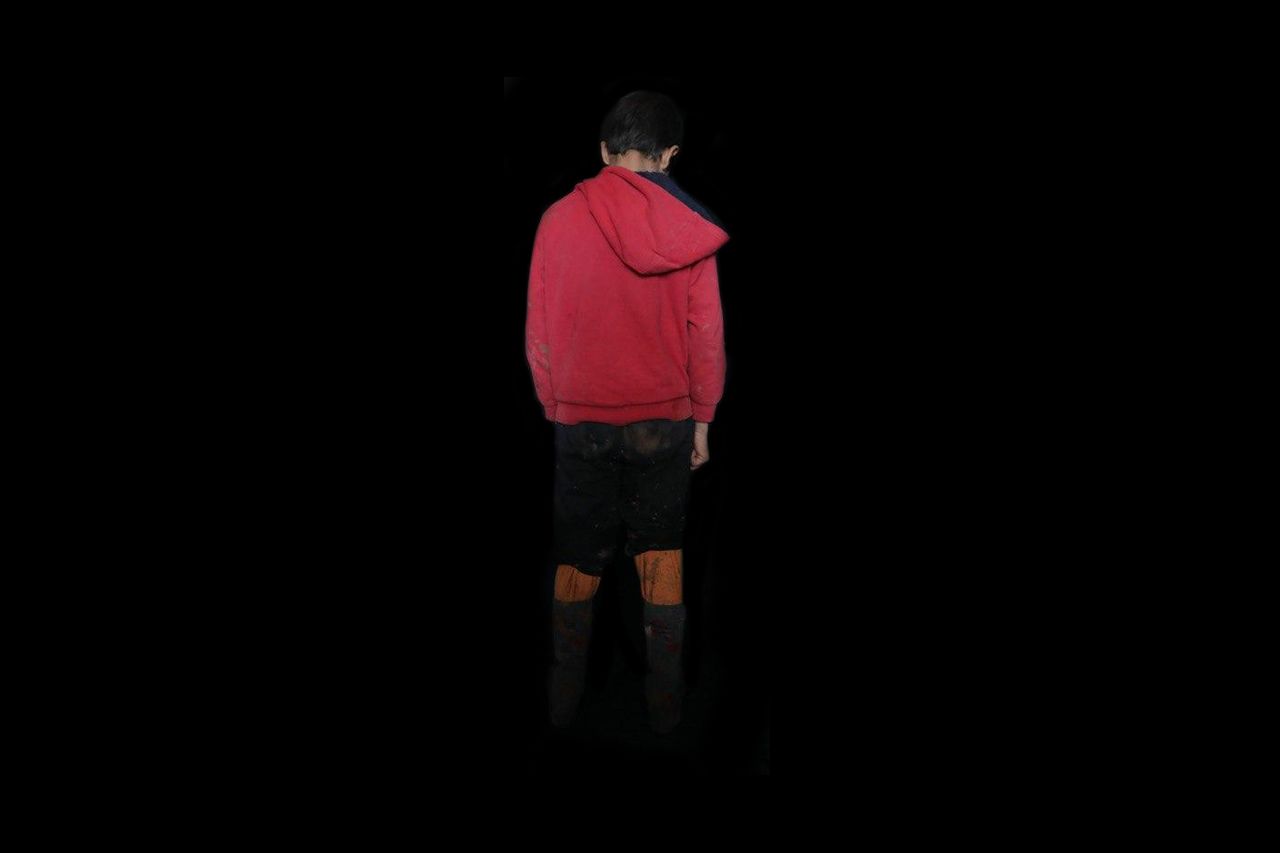
Mahmoud
Mahmoud
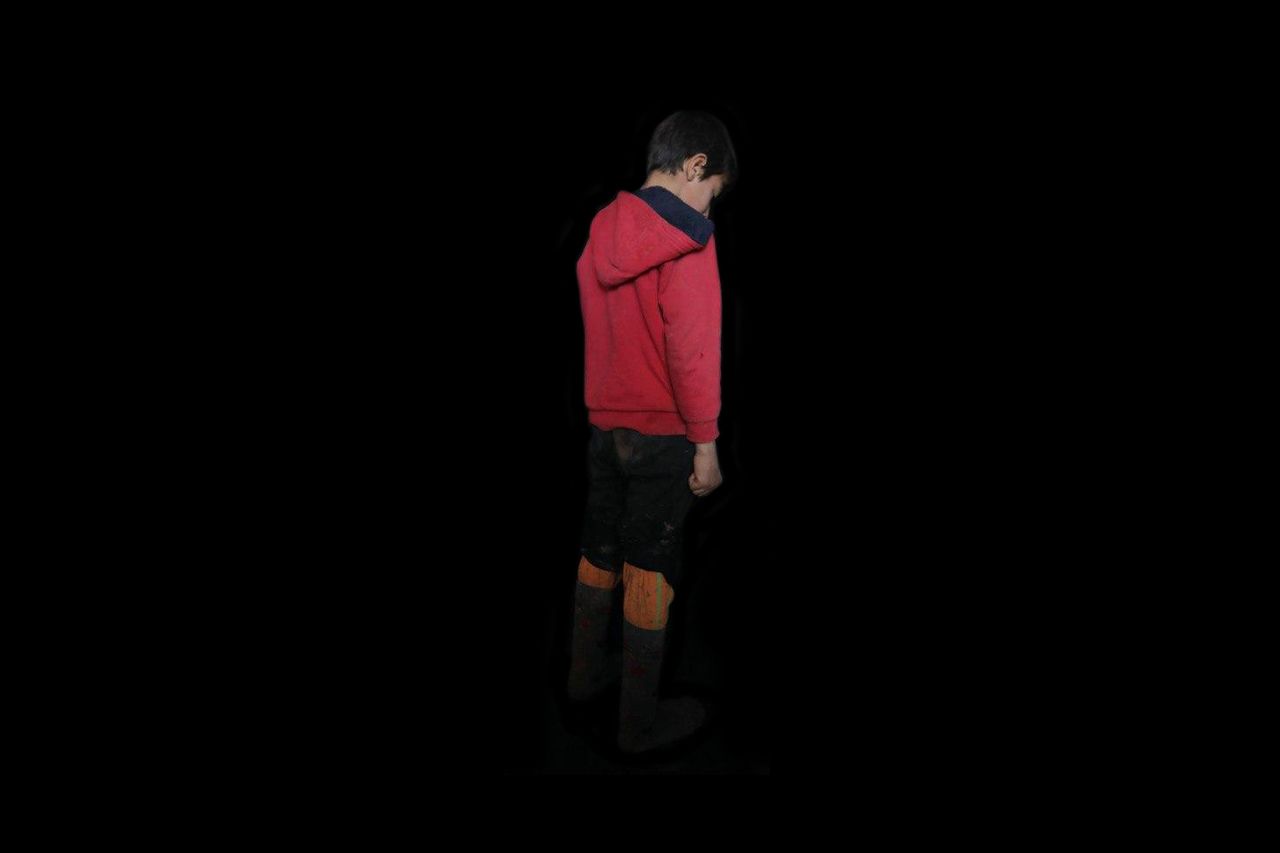
Mahmoud
Mahmoud
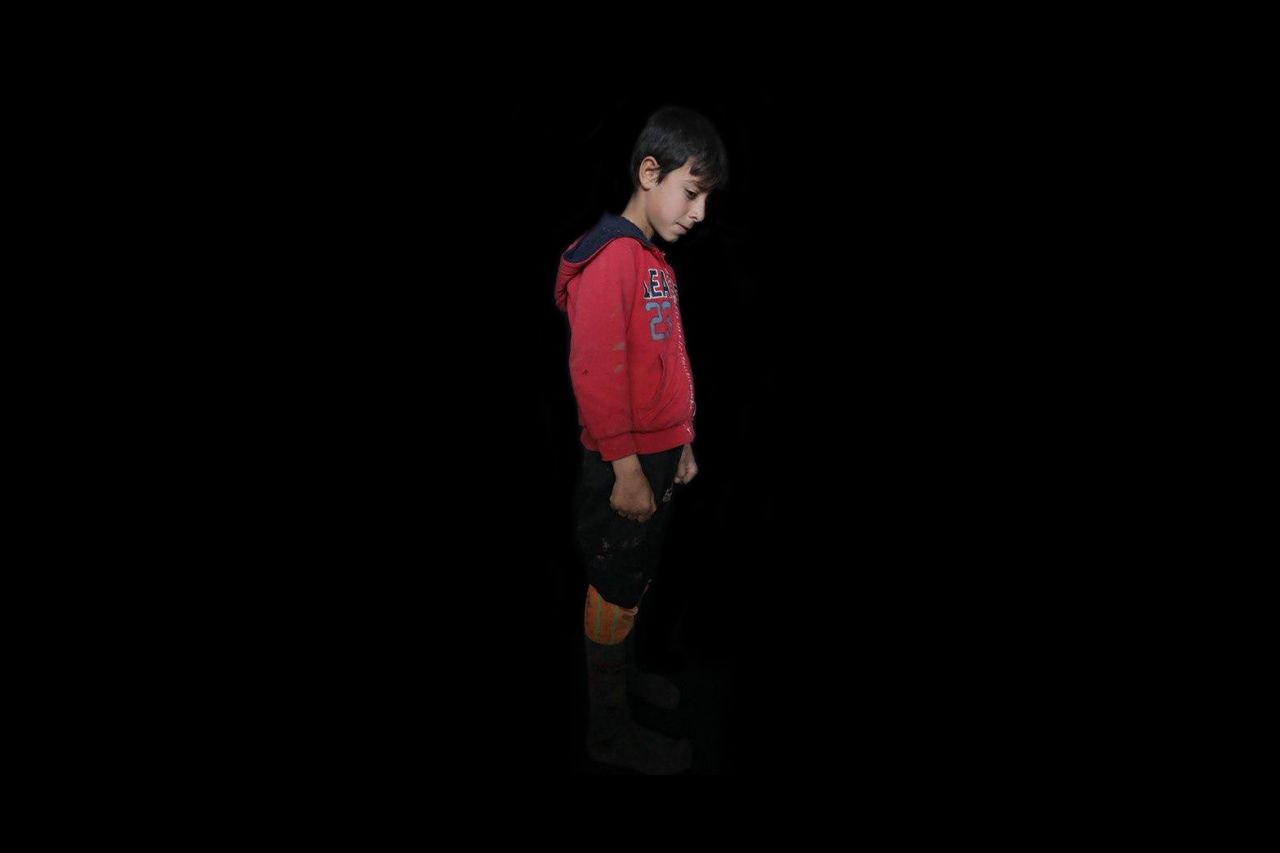
Mahmoud
Mahmoud
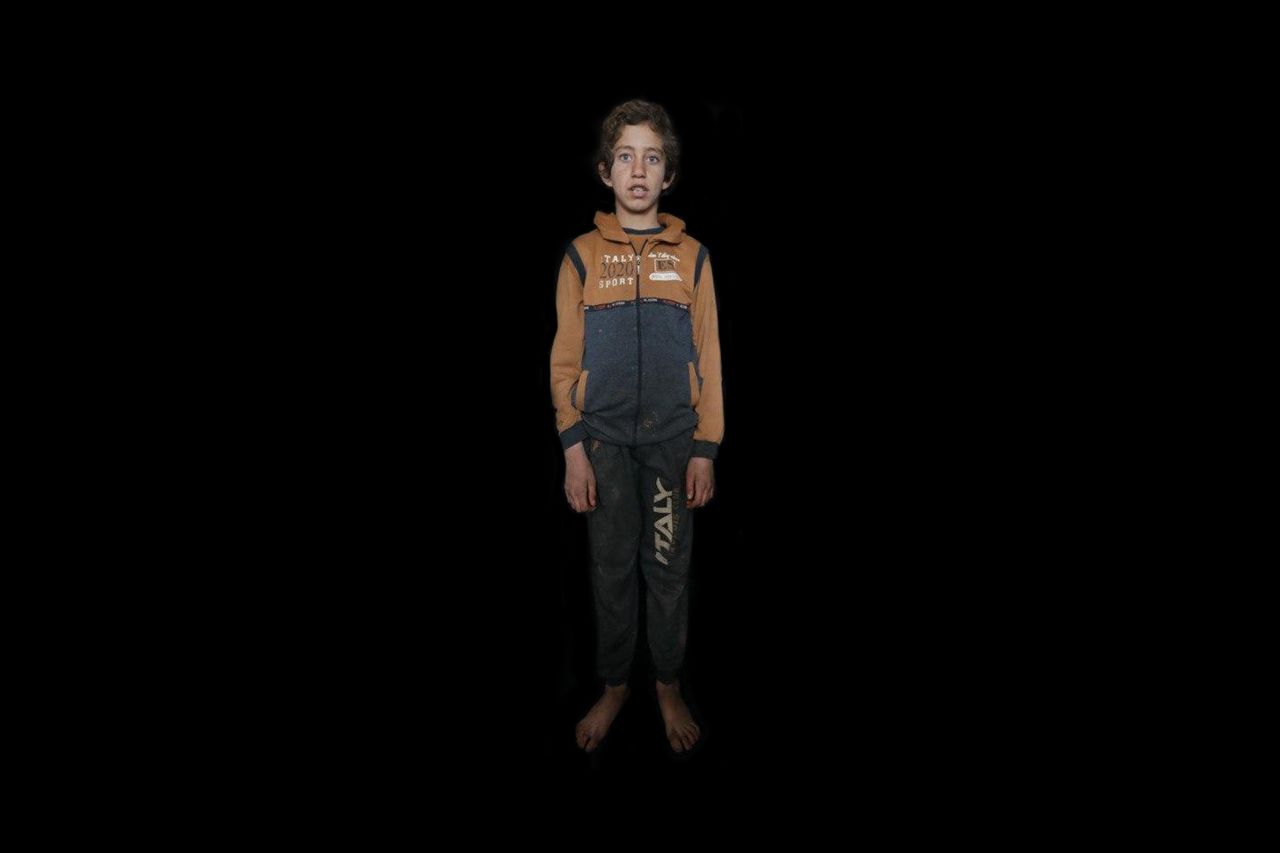
Khalaf
Khalaf
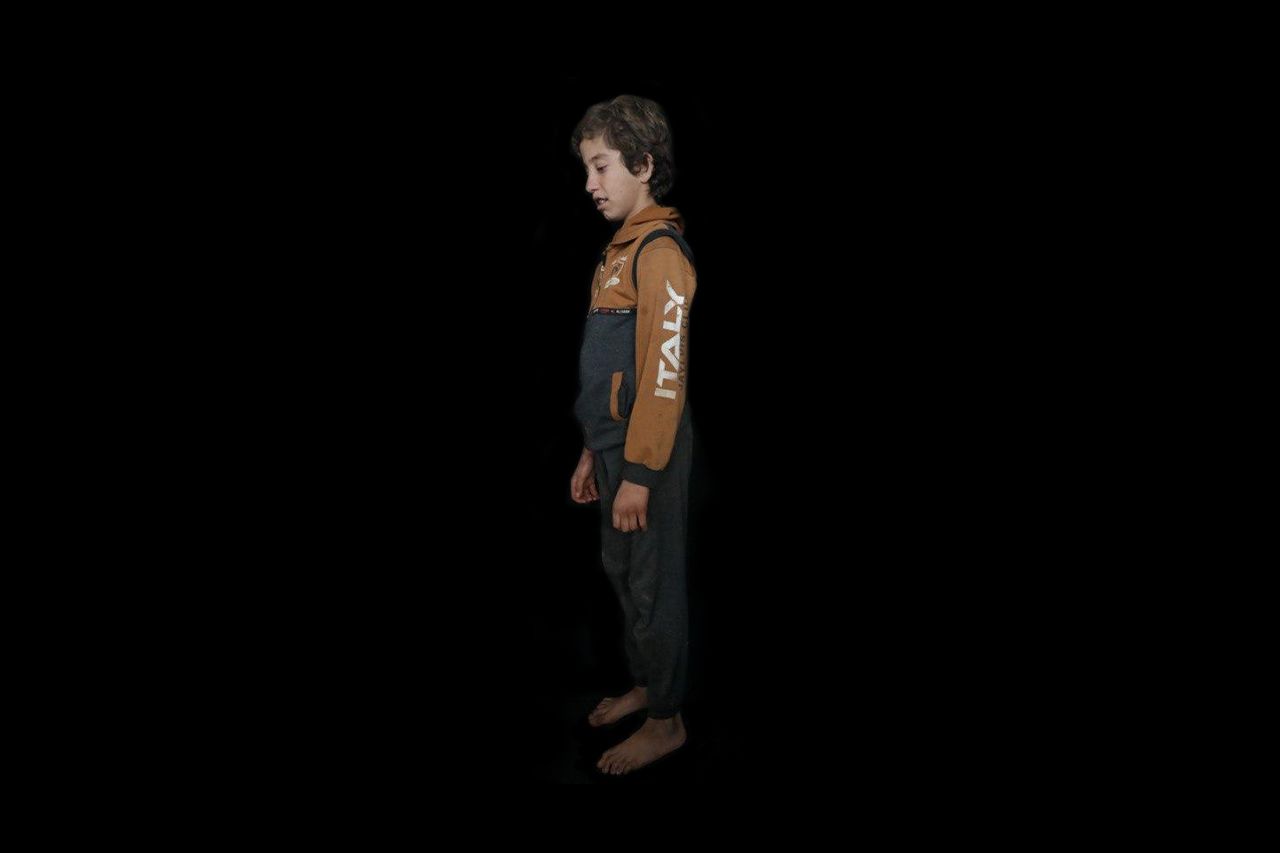
Khalaf
Khalaf
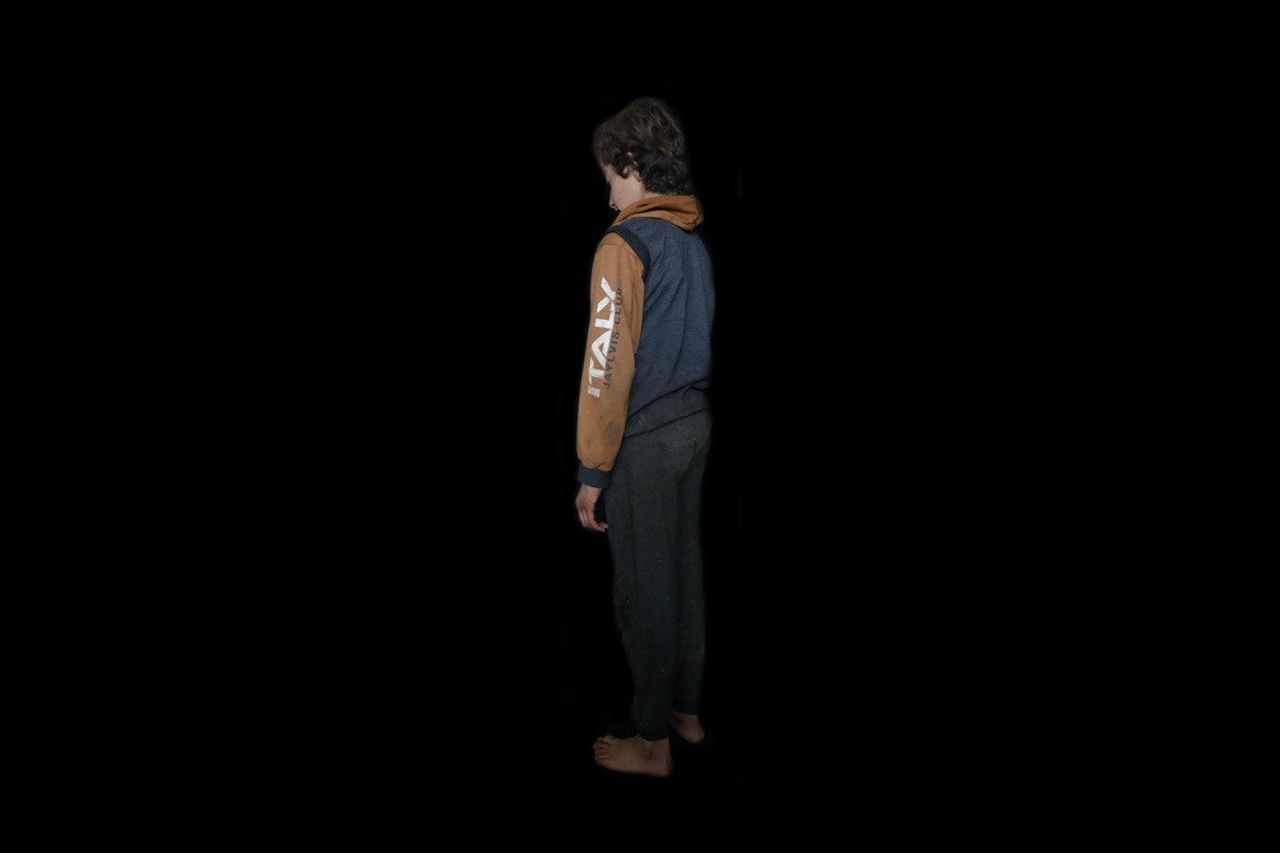
Khalaf
Khalaf
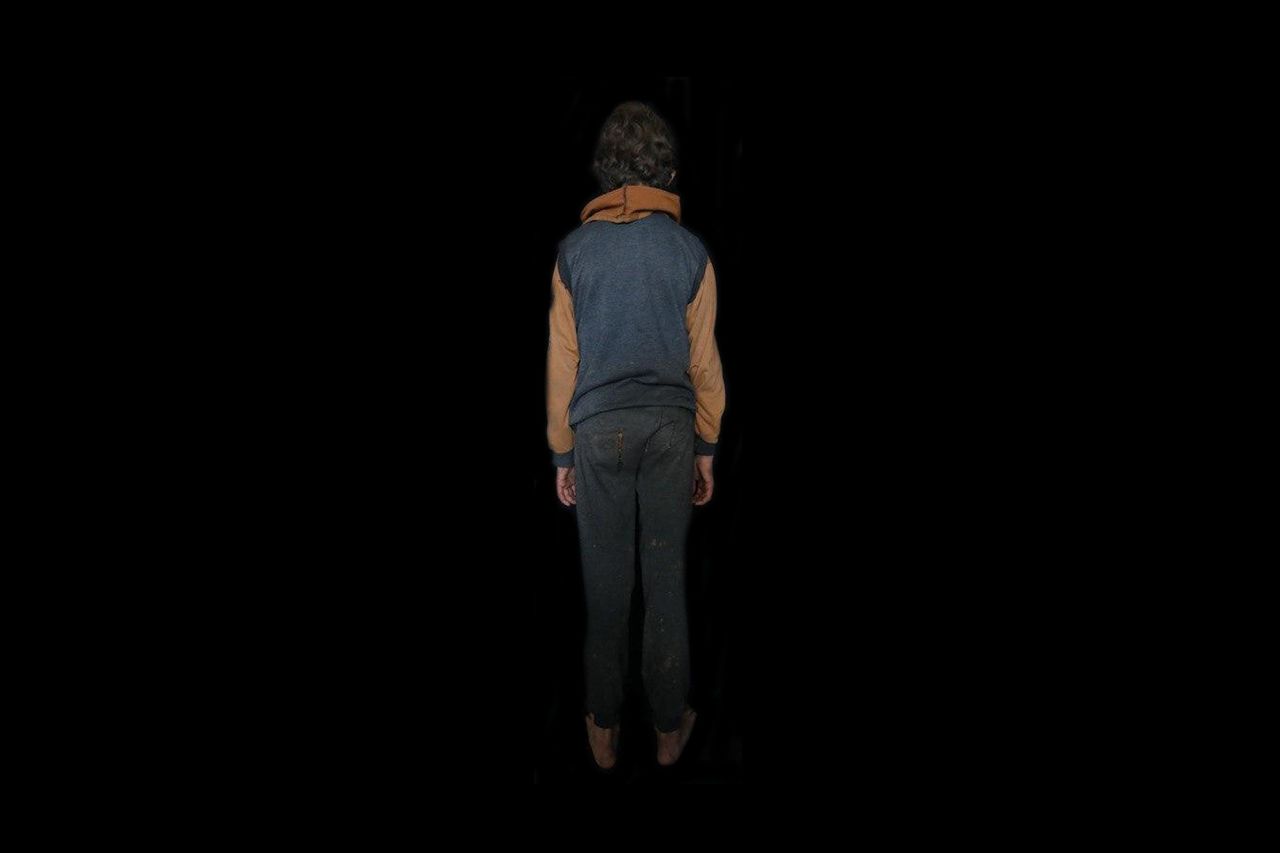
Khalaf
Khalaf
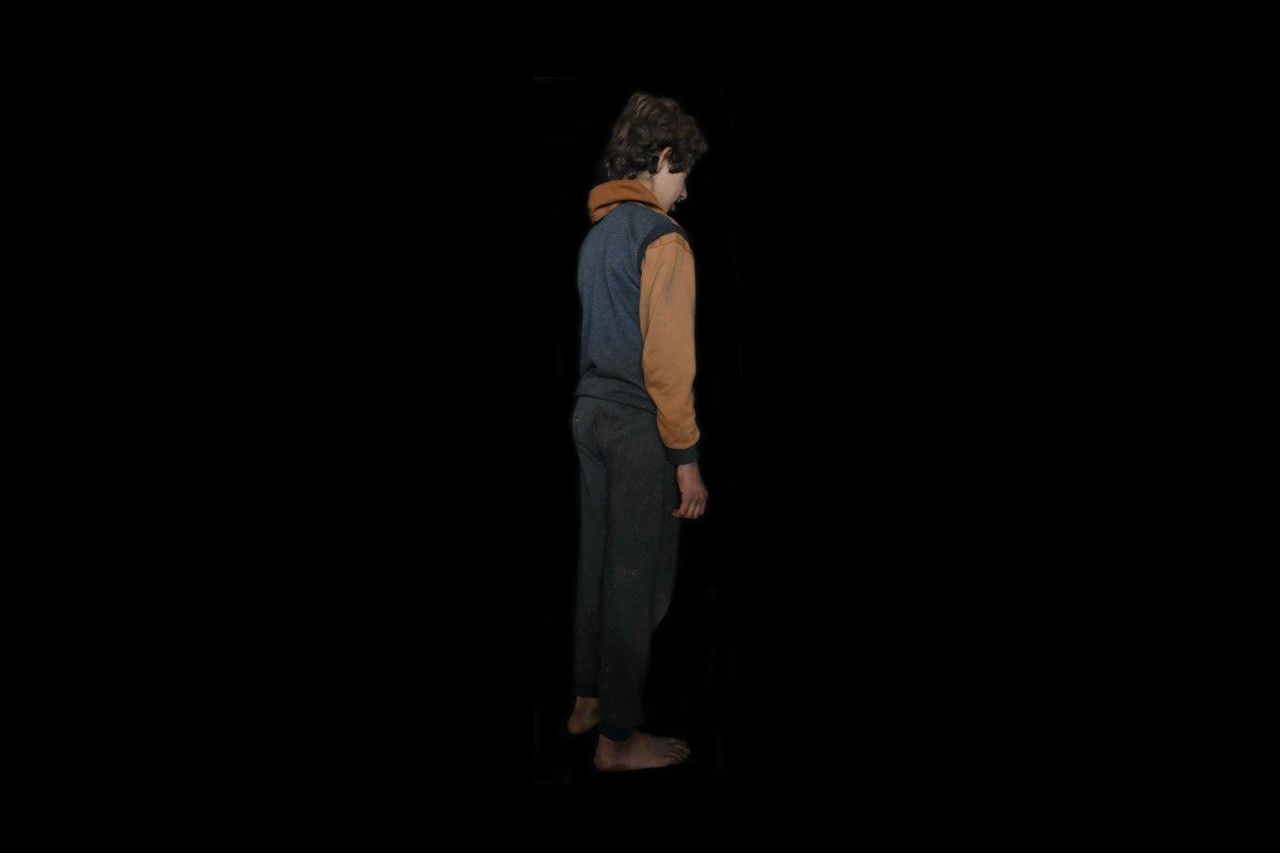
Khalaf
Khalaf
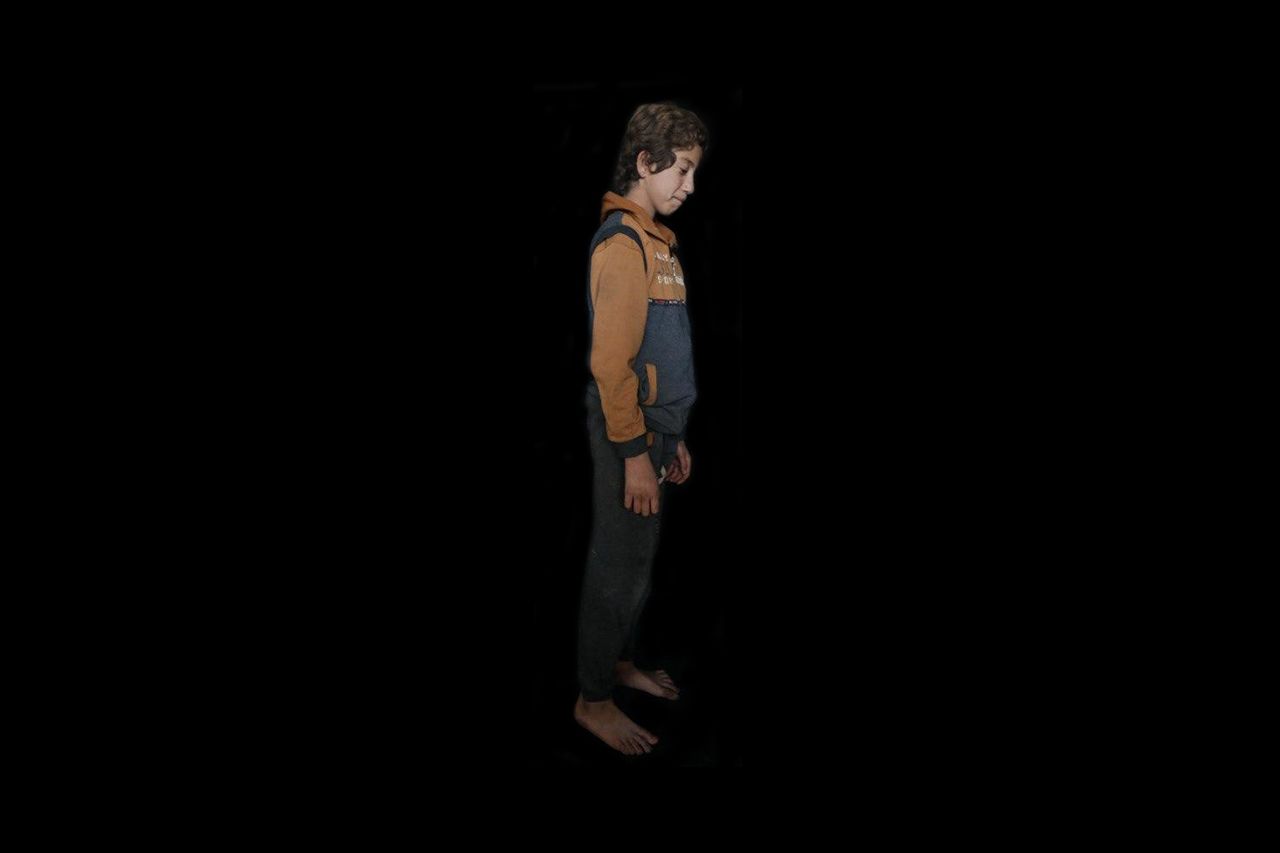
Khalaf
Khalaf
It is eight o’clock in the morning, 13-year-old Mahmoud put on his clean yellow shoes he had recently received from an aid organization.
It takes only two steps outside their tent for the shoes to be caked with mud and for their color to turn into dirty brown. After a rainy night, mud was everywhere in the camp. “I wish this mud would completely disappear,” he said, “All our life has turned into mud.”
Three tents away from his family’s lies his school where dozens of children from different age groups attend classes.
He took off his shoes before getting into the school.
“This pair of stockings belongs to my grandmother!” he said, pointing at his long stockings, exchanging amused laughs with his friends, and boasting the thick stockings.
Like Aya, Mahmoud has nothing to wear but the clothes on his back. However, he believes he is lucky to have his grandmother’s stockings.
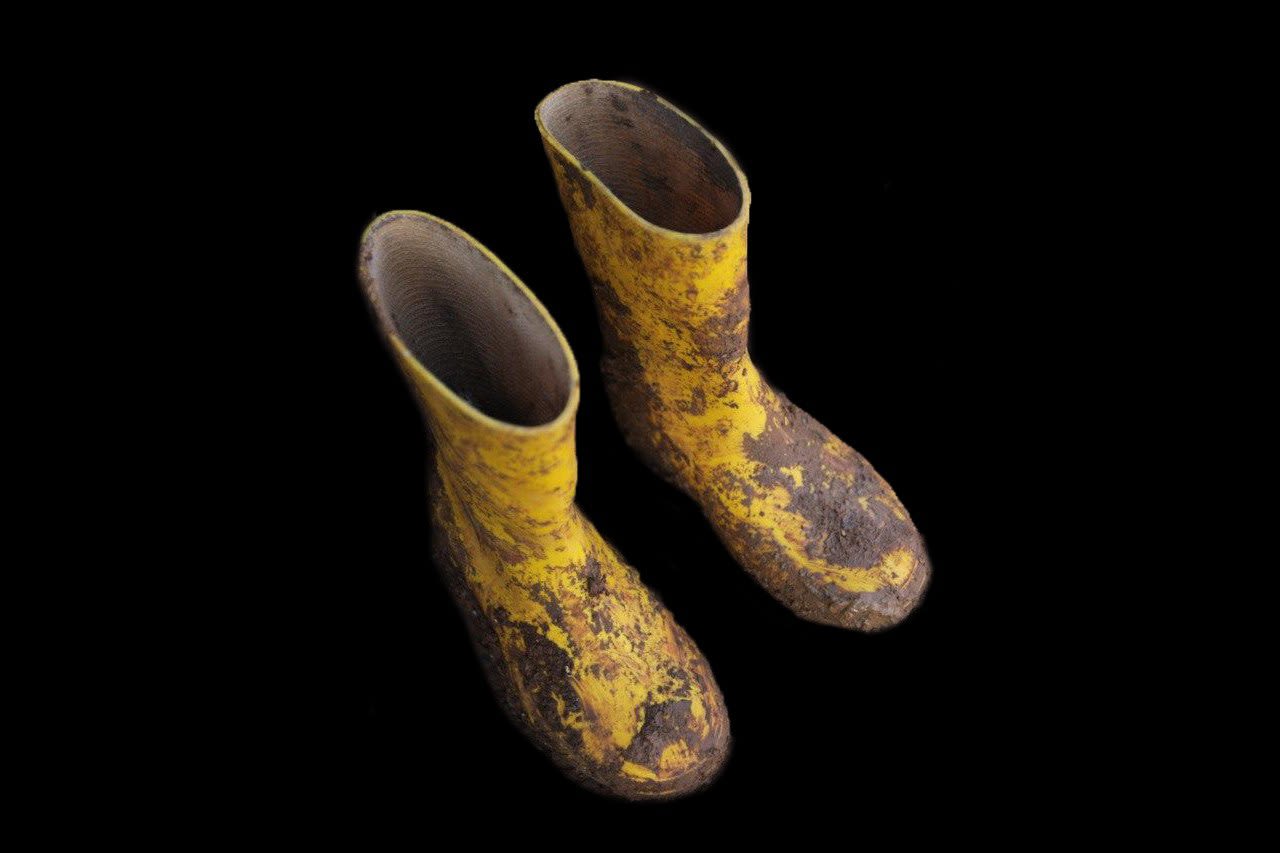
Mahmoud turned right and left looking in every direction until he caught sight of Khalaf, his 12-year-old friend, and sat down next to him. The two boys have cemented their intimate friendship since their displacement to this camp two years ago. This is their third winter together.
Compared to Aya and Mahmoud, Khalaf has a more tragic life. “If only winter could end!”, Khalaf wished.
With his thin clothes that cannot protect him against winter winds and extreme cold, Khalaf’s wishes seem quite logical.
Wardrobe Four
The Blanket-Turned-Coat

In the afternoon, the smell of cooked food starts to come from all tents at Azaz Refugee Camp. Despite being unable to resist the food smell, 7-year-old Yazin walked slowly and started to say"ps-ps-ps" repeatedly before getting into his tent. Few seconds later, a yellow cat showed up.
He carried the cat in his arms and entered into the tent to have their lunch.
“Both I and my cat walk barefooted, but why does not it feel cold?” he wondered, “Sometimes I cannot feel my toes out of the freezing cold.”
The same story repeats itself over and over with little children having nothing but the clothes on their backs. The camp’s residents had hastily fled their homes taking nothing but the most necessary supplies. However, they might have been luckier than the people who have recently been displaced into the camp from rural Idlib.
While the camp’s residents spend the night at their tents, the recently-displaced refugees (more than 300,000 people according to UNICEF’s statistics) dwell in public facilities, such as schools, mosques, or unfinished buildings.
Nevertheless, this does not mean that tent-dwellers are not experiencing sticky situations in winter in particular. Yazin, for example, still finds it difficult to sleep at night because he has to share a single blanket with his 4 siblings.
“It is only when I am lucky enough to sleep in the middle of my siblings that I can enjoy the warmth of the blanket,” he said
More than 300,000 people according to UNICEF’s statistics dwell in public facilities, such as schools or mosques, or in buildings under construction.
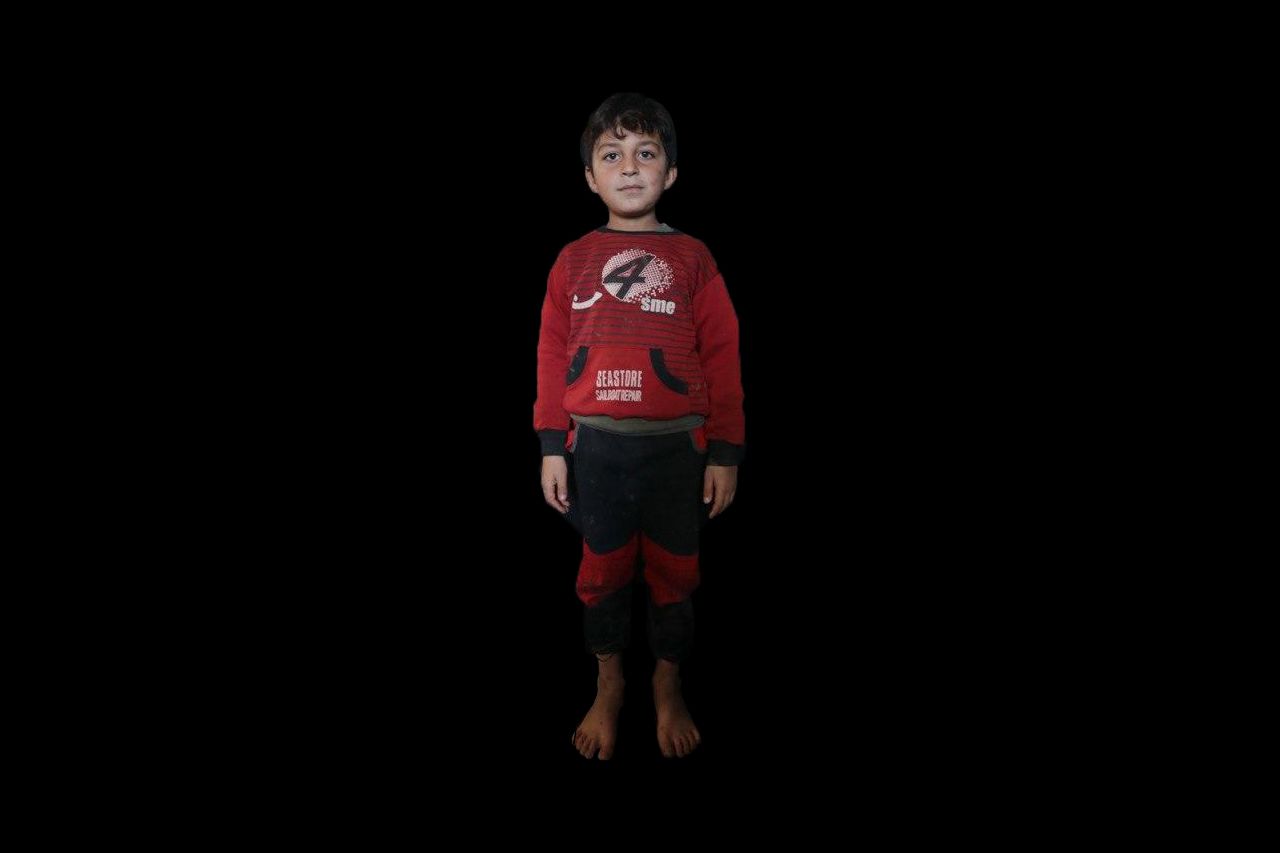
Yazin
Yazin
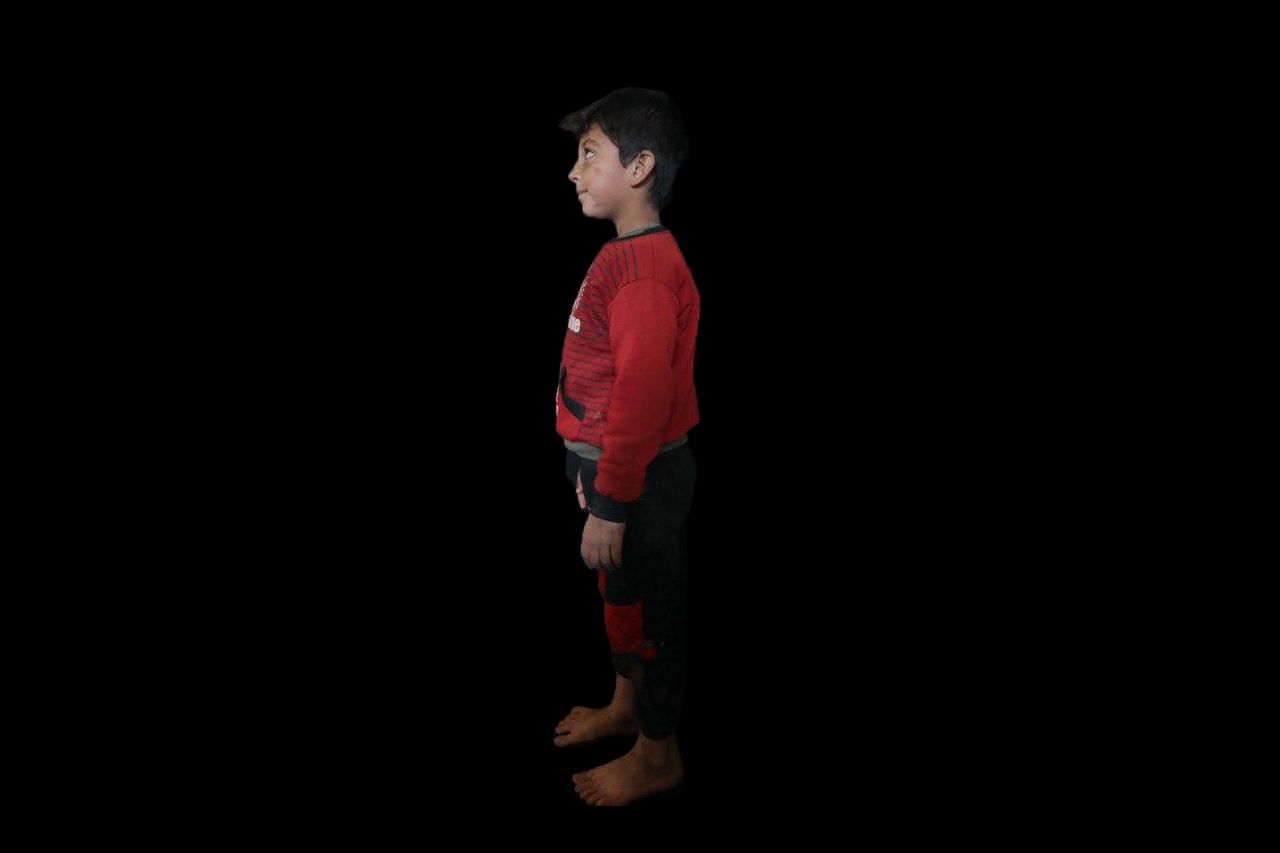
Yazin
Yazin
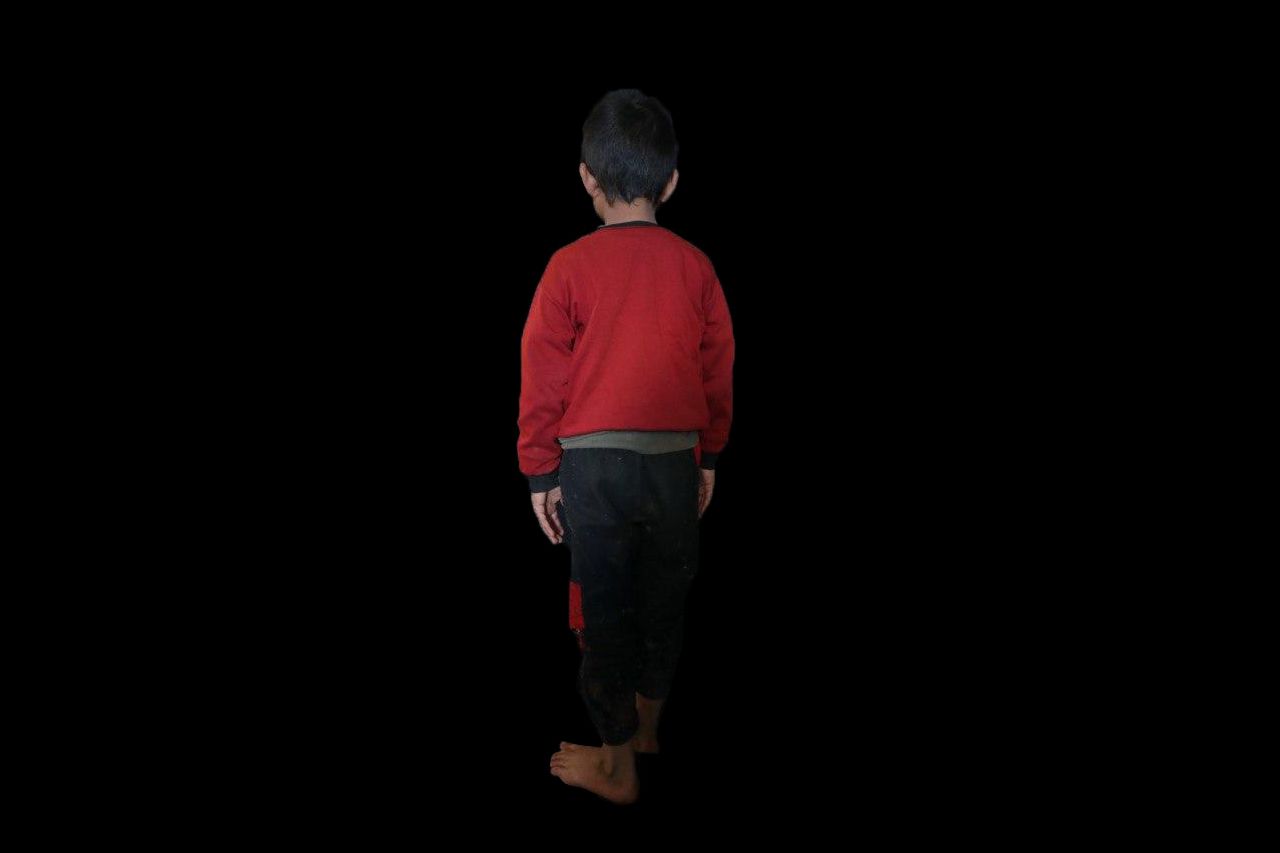
Yazin
Yazin
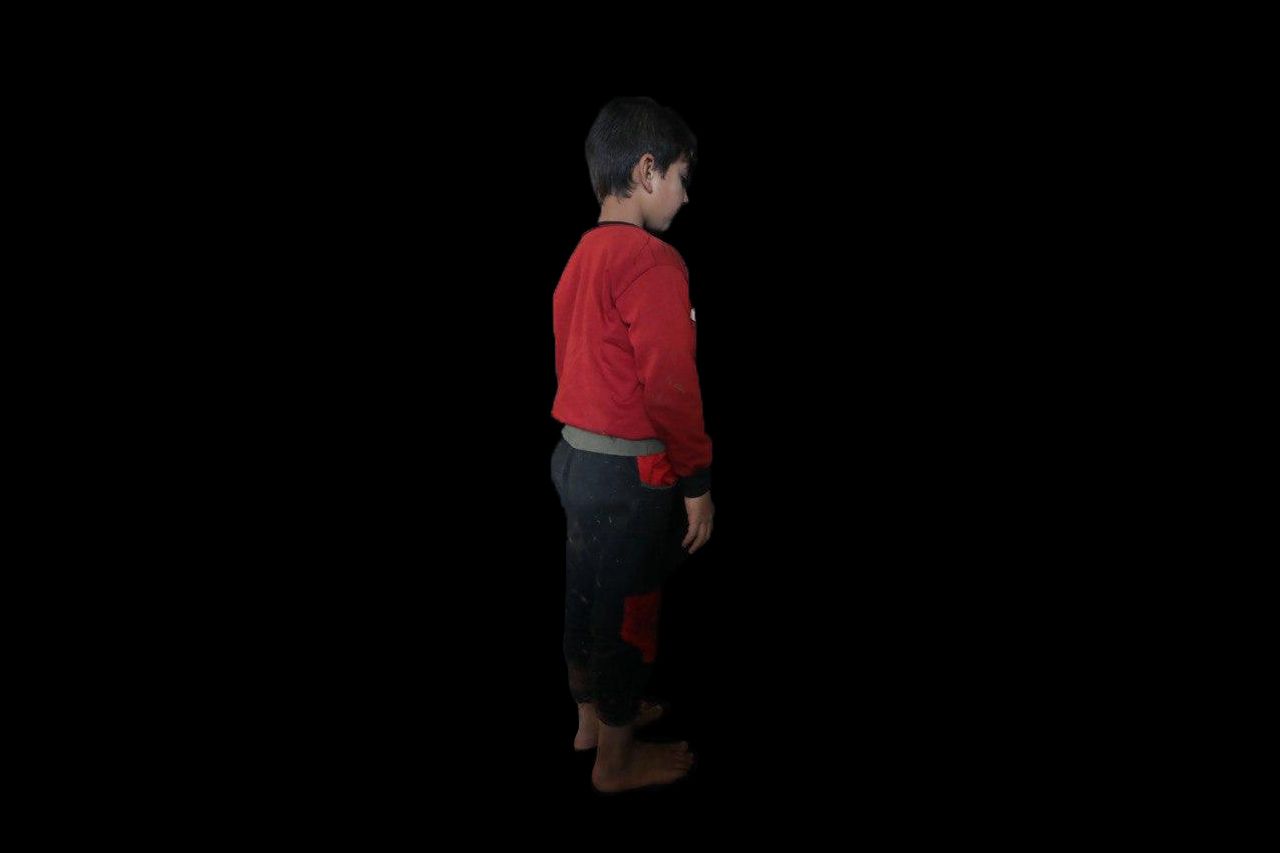
Yazin
Yazin
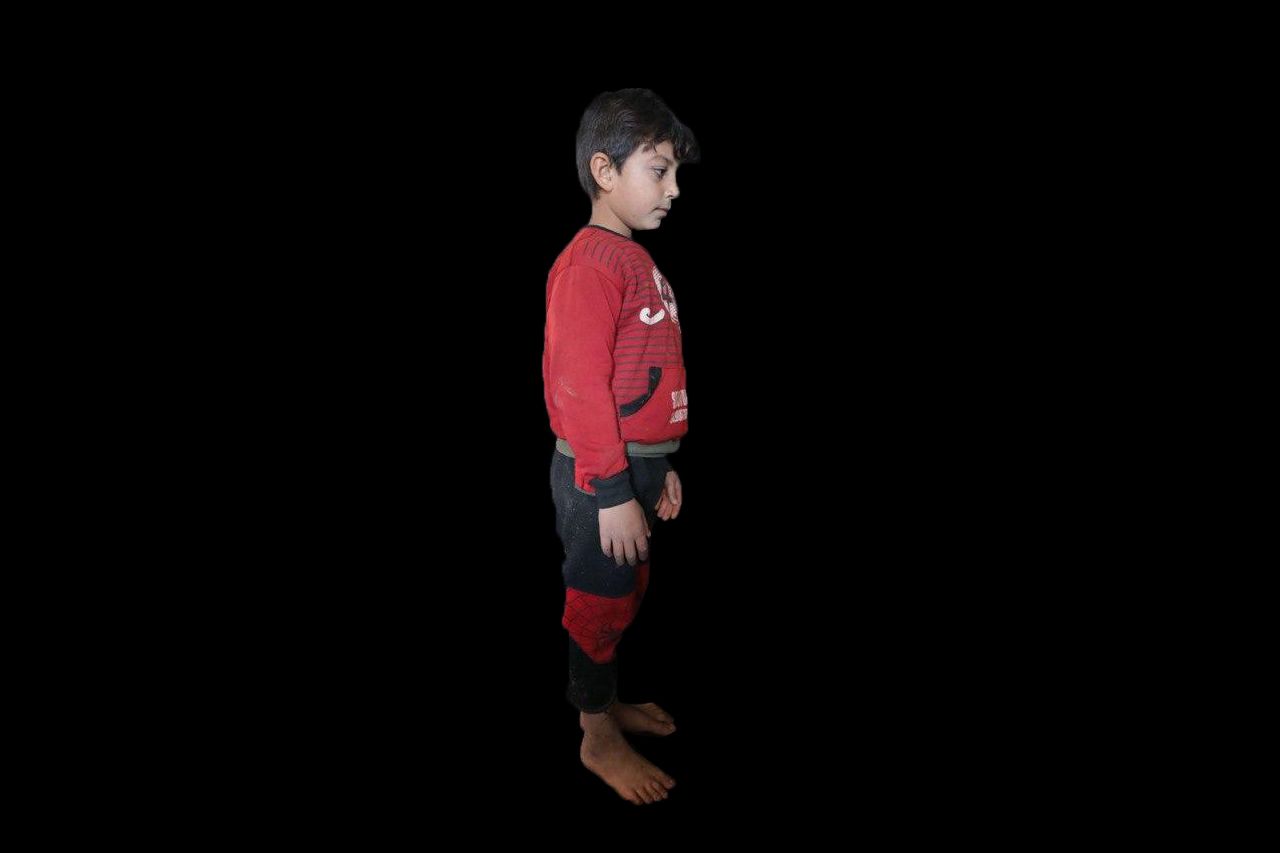
Yazin
Yazin
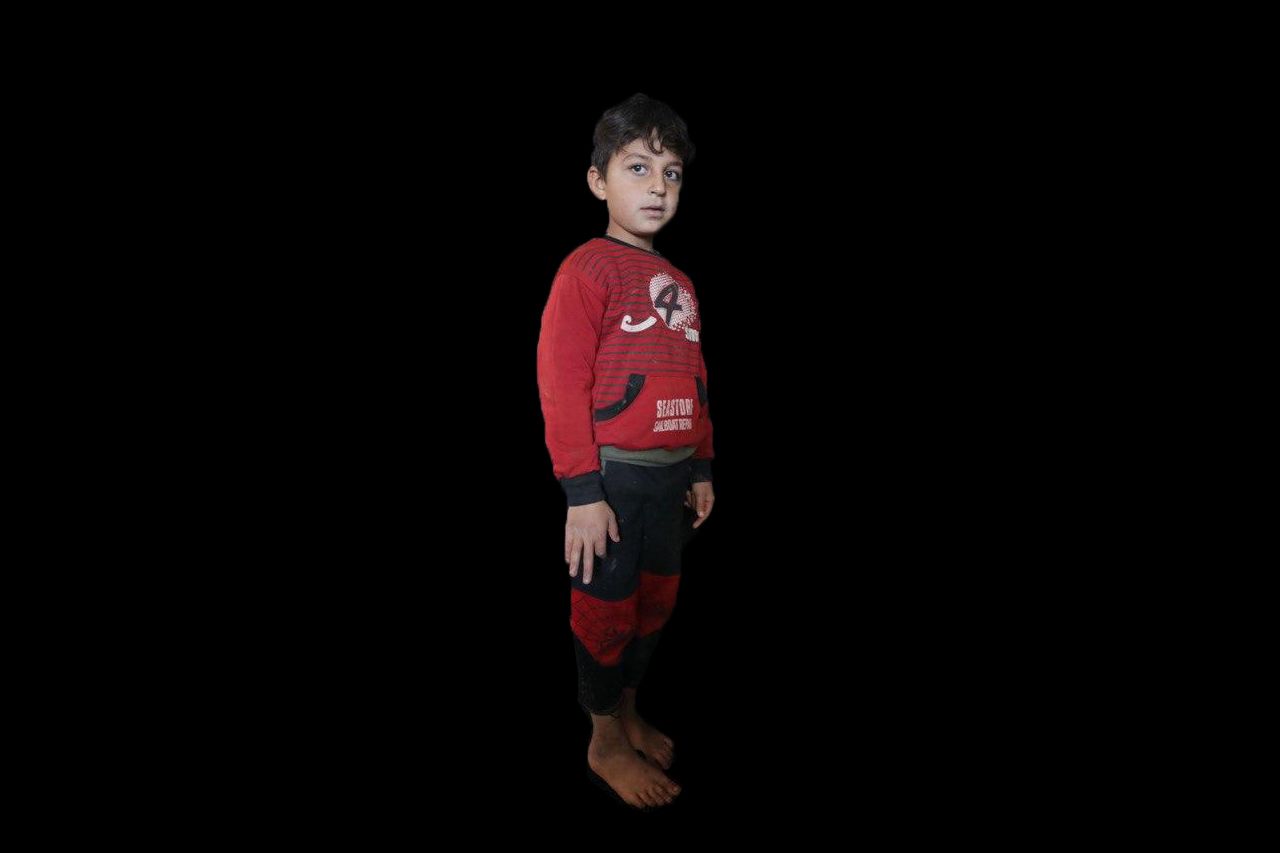
Yazin
Yazin
The Last Wardrobe
Cinderella’s Shoes
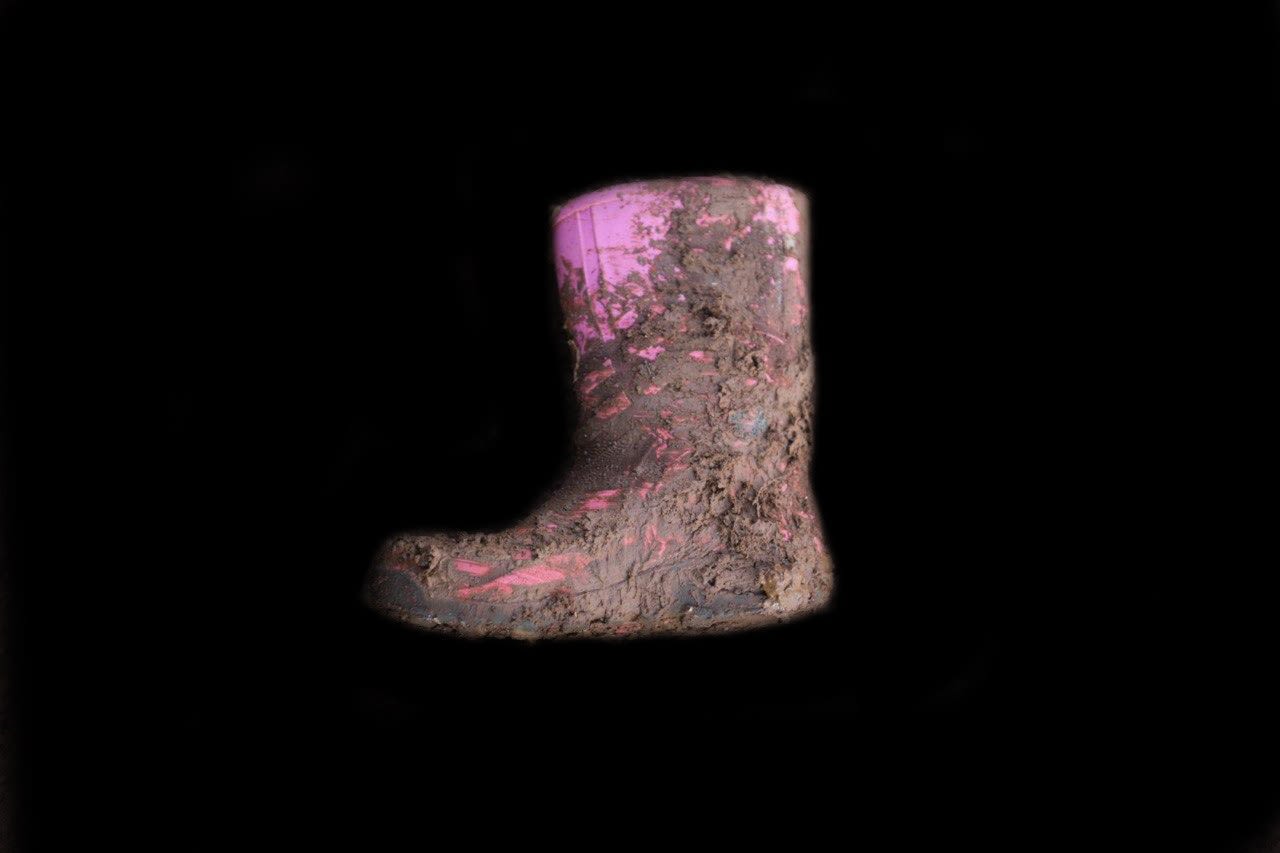
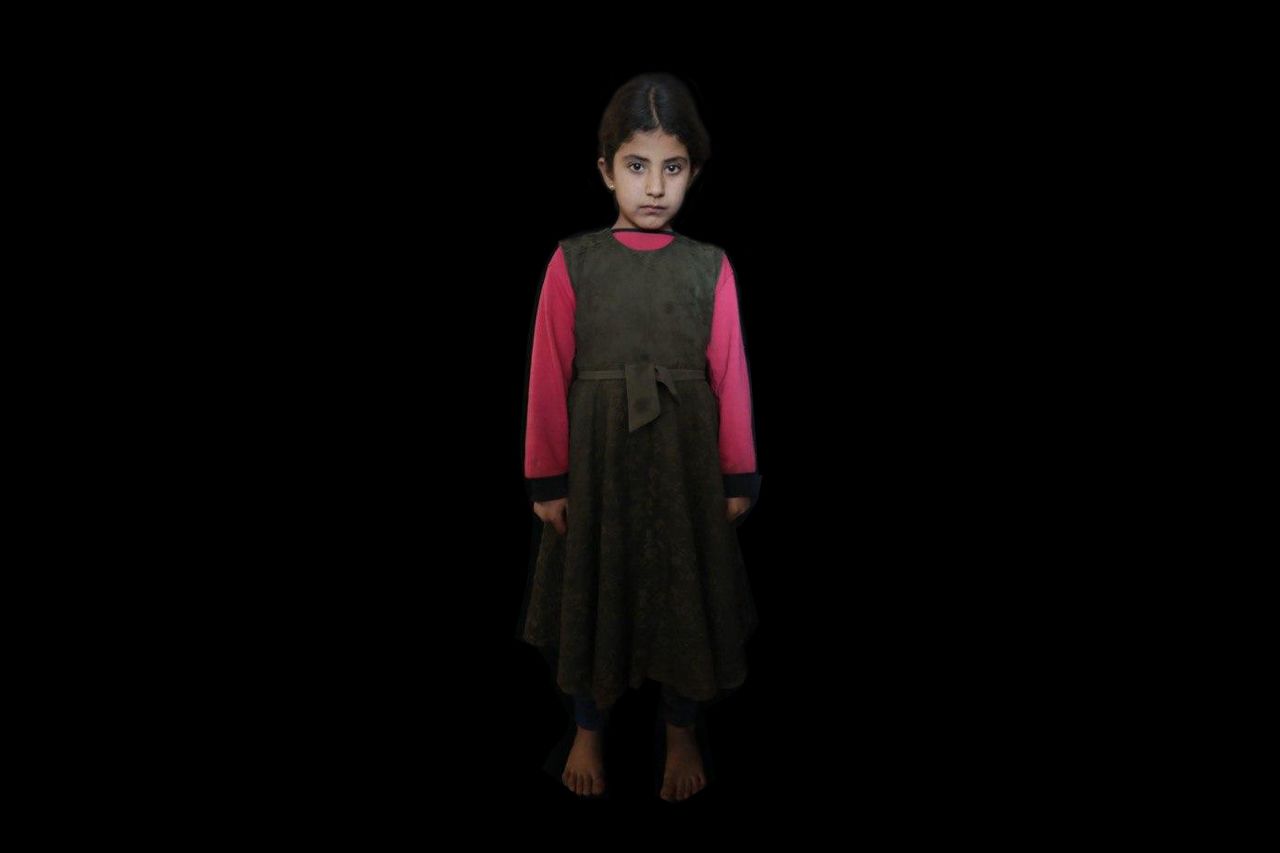
Sanaa
Sanaa
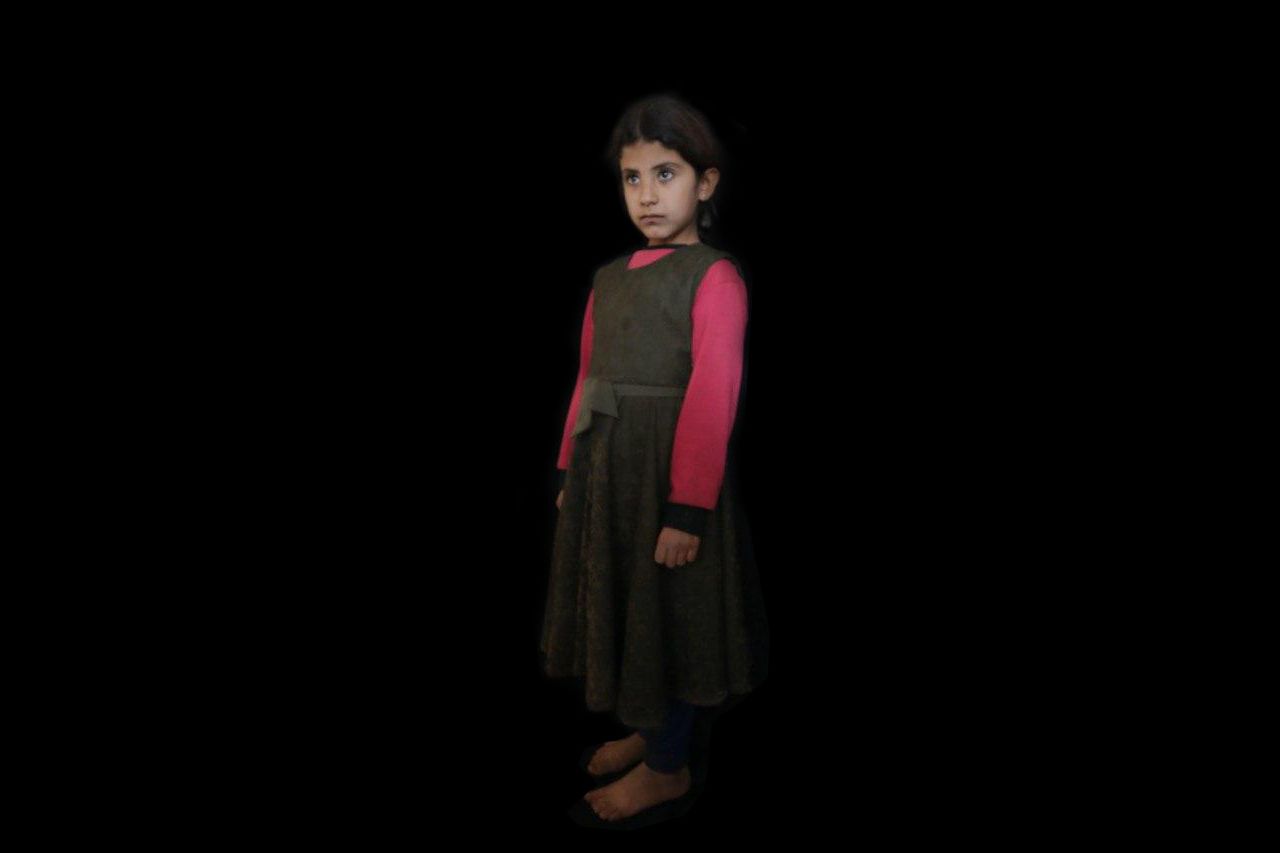
Sanaa
Sanaa
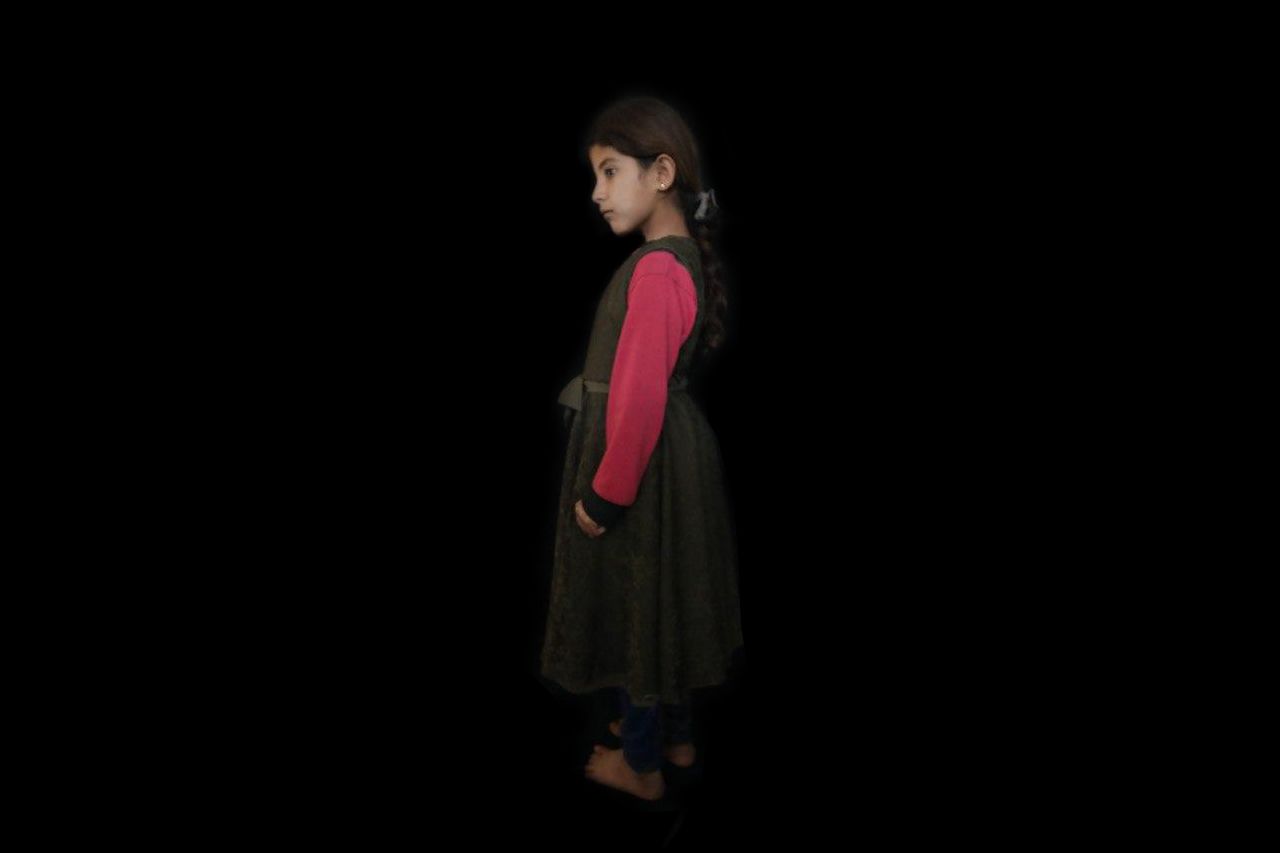
Sanaa
Sanaa
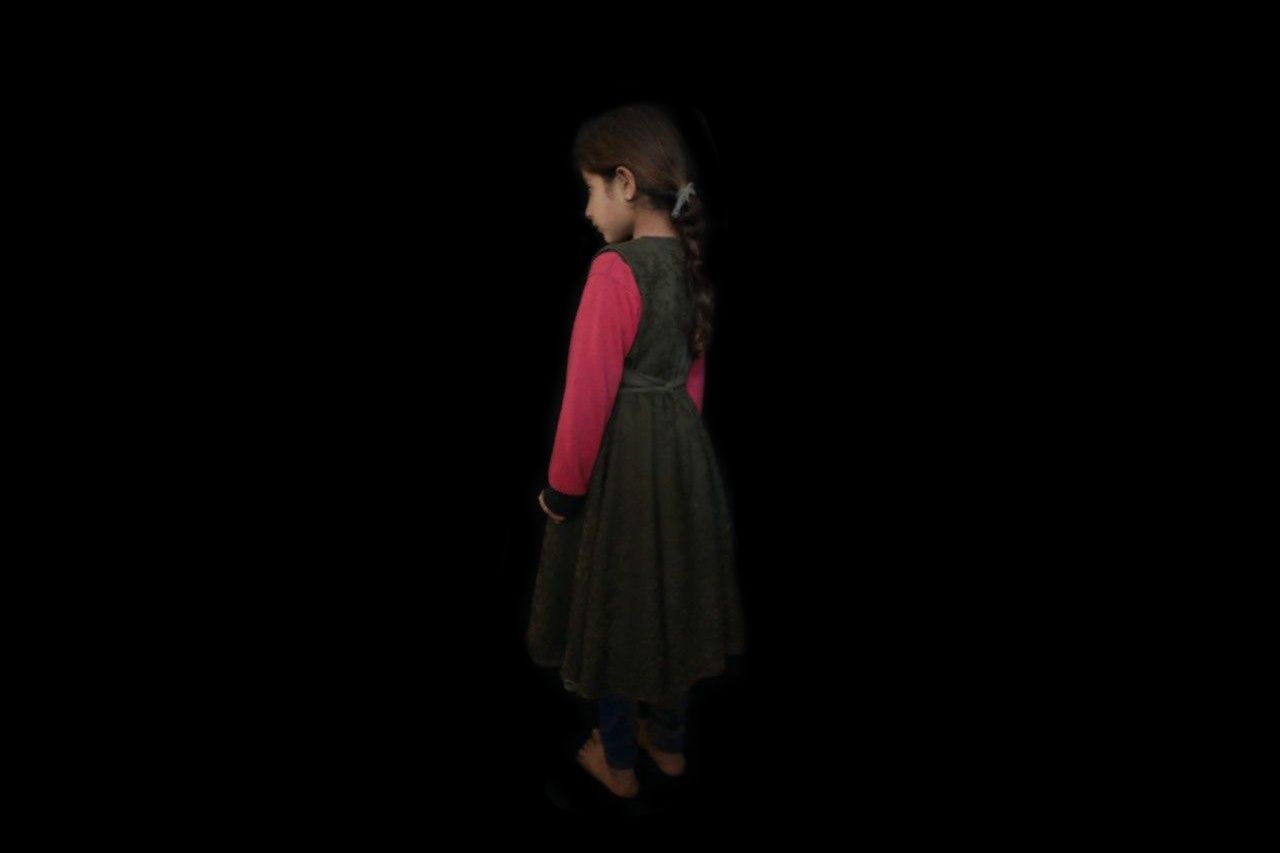
Sanaa
Sanaa
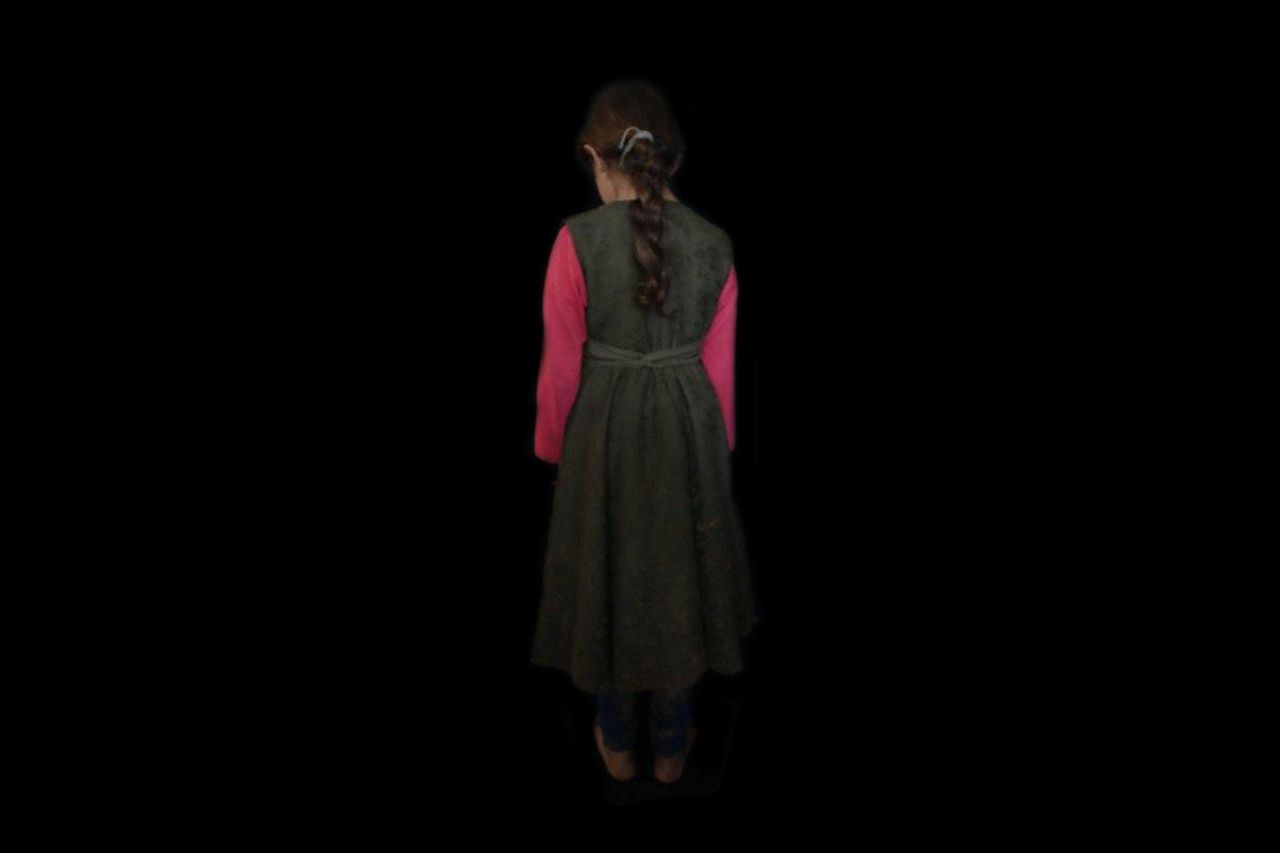
Sanaa
Sanaa
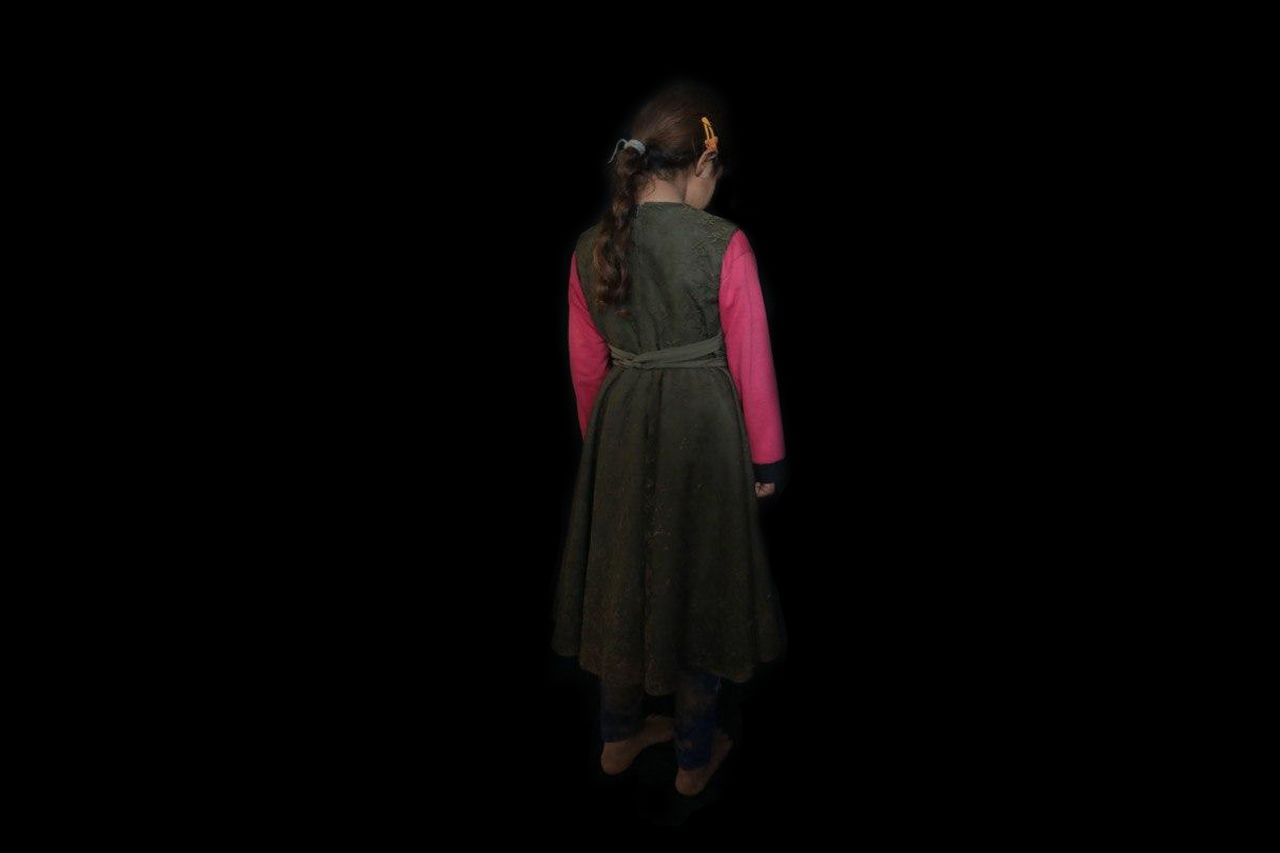
Sanaa
Sanaa
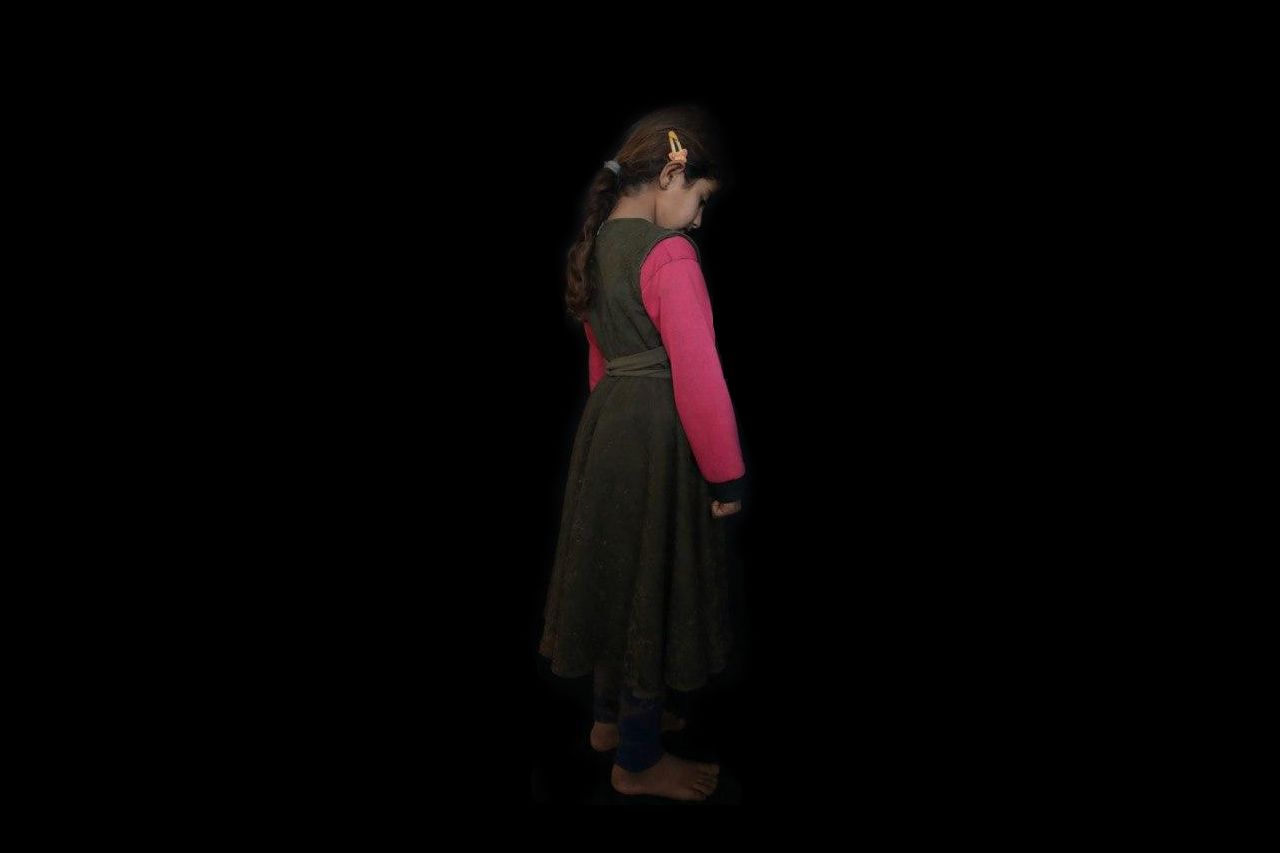
Sanaa
Sanaa
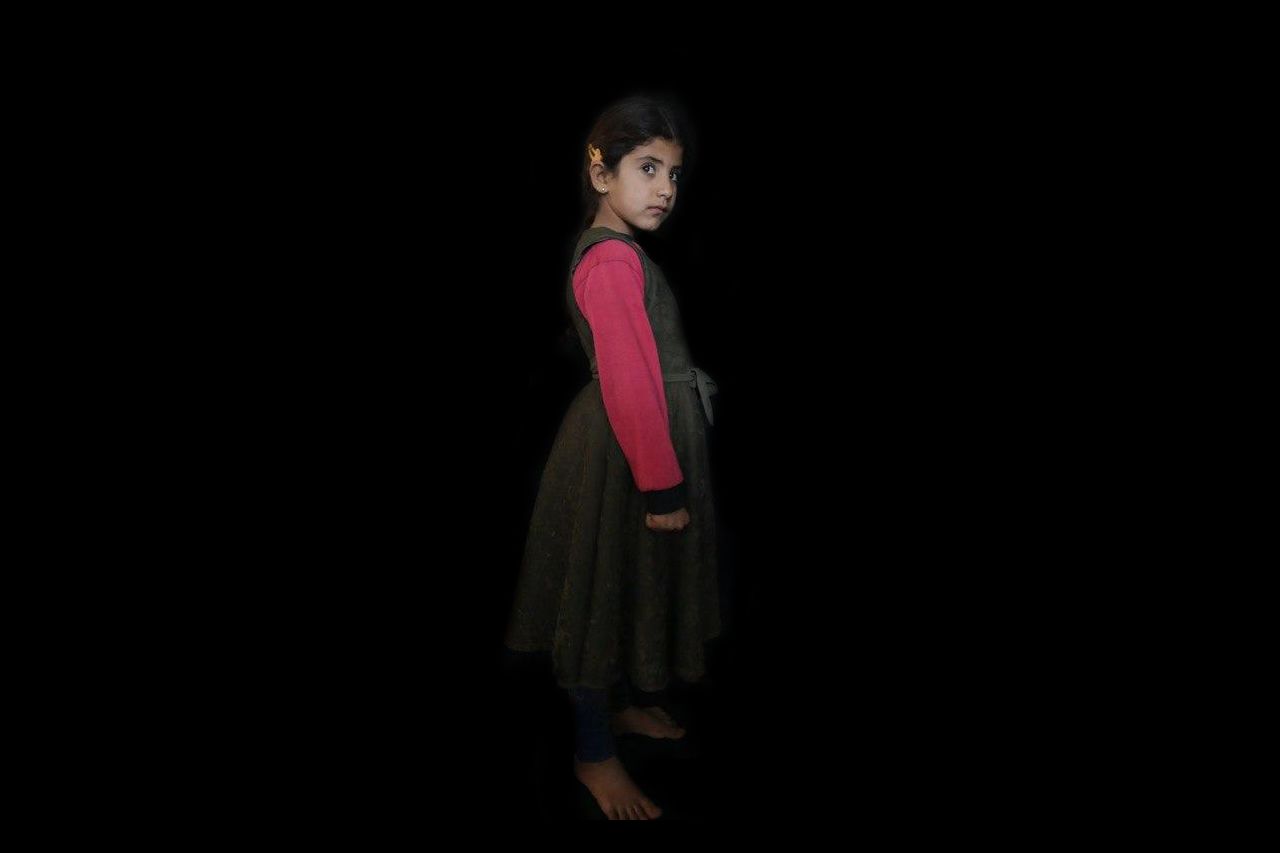
Sanaa
Sanaa
Children prefer particular colors; while girls often prefer pink, boys tend to like blue or green. This is why 6-year-old Sanaa considers herself lucky. While she has a single sweater only, she thinks it is the most beautiful sweater ever because it is a pink one.
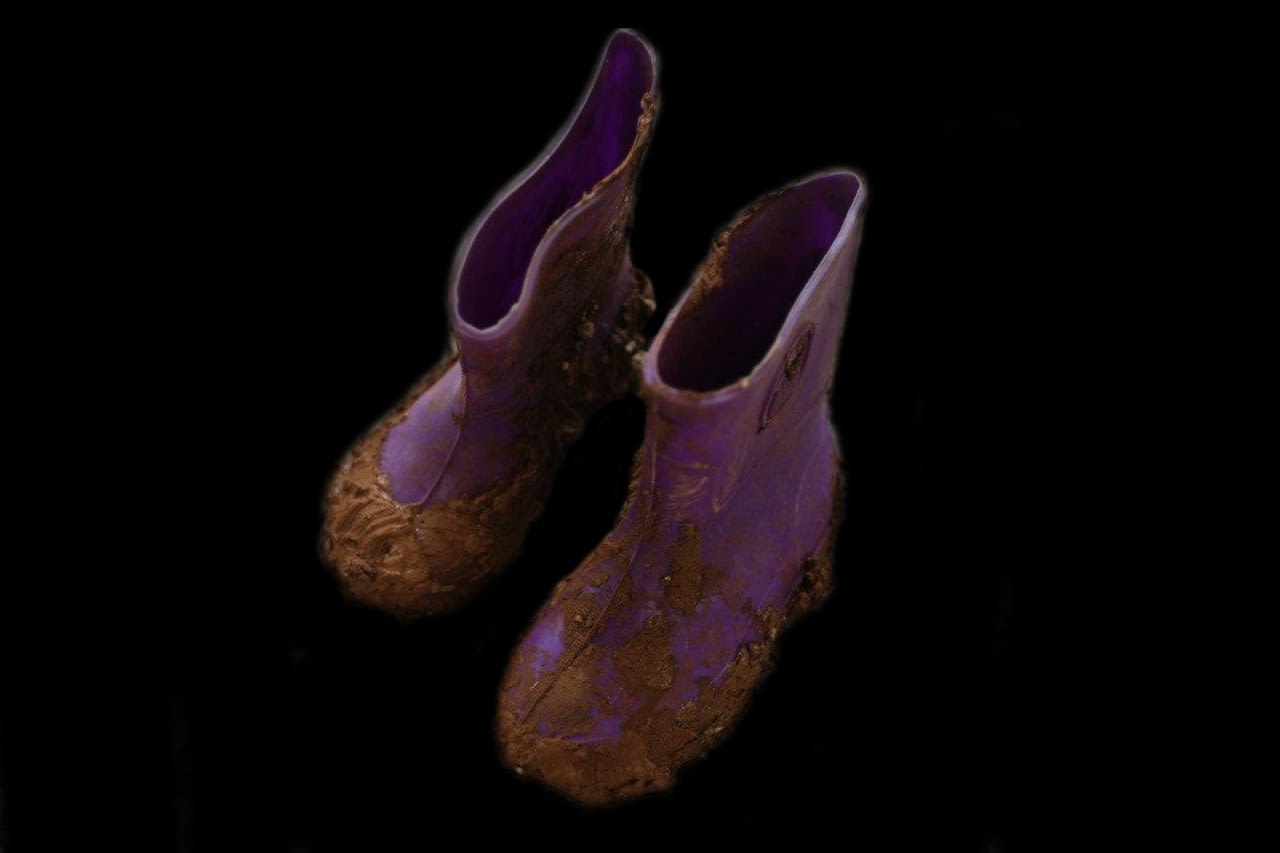
Sanaa also wears pink shoes, or that had been their original color before they turned into dirty brown after she fell into a mud pit. However, she believes this pair of shoes is prettier than thoseof Cinderella, the legendary princess Sanaa knew from her mother’s stories. Of course, the little girl has seen neither a picture of the folktale character nor that of her shoes.
Yet, she takes her mother’s words for granted. “Sanaa’s shoes are prettier than Cinderella’s!” the mother frequently tells her daughter
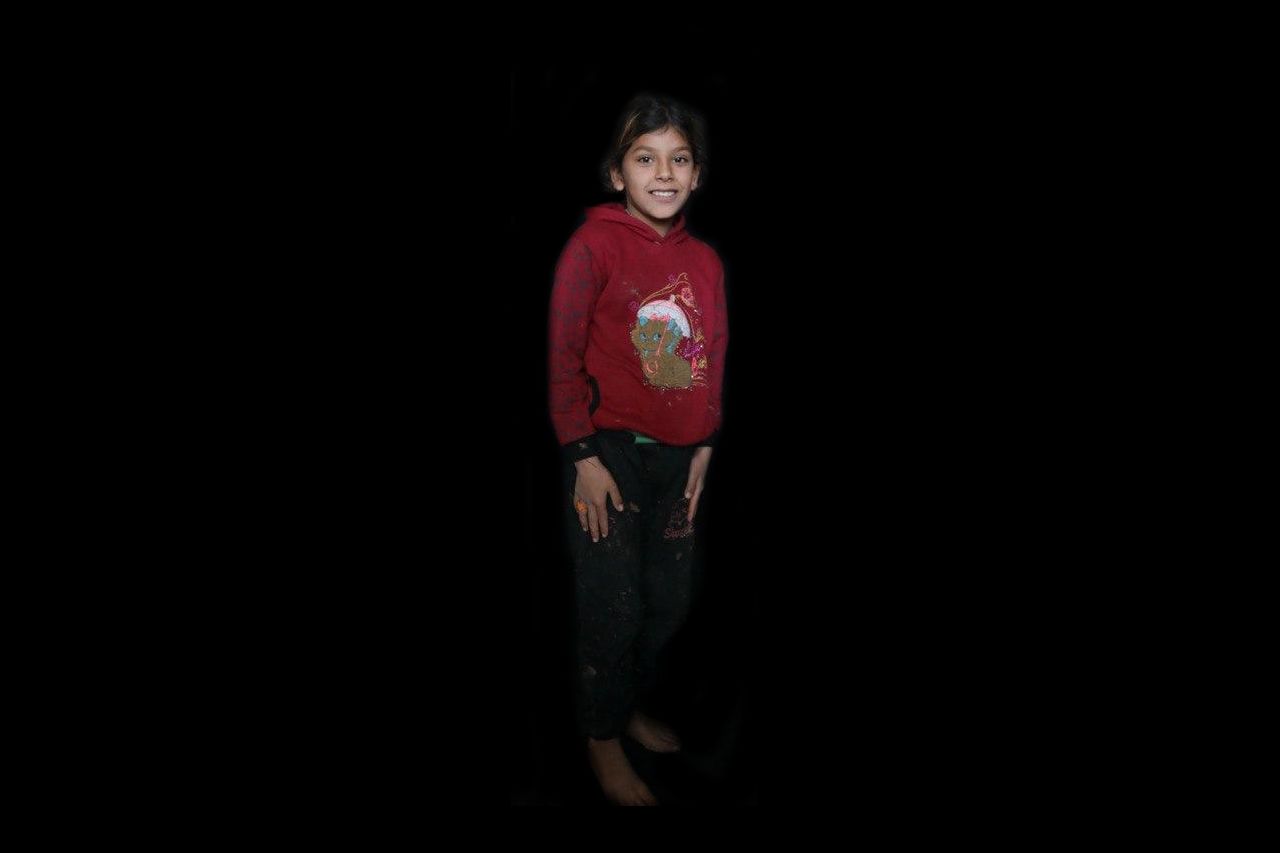
Khadijah
Khadijah
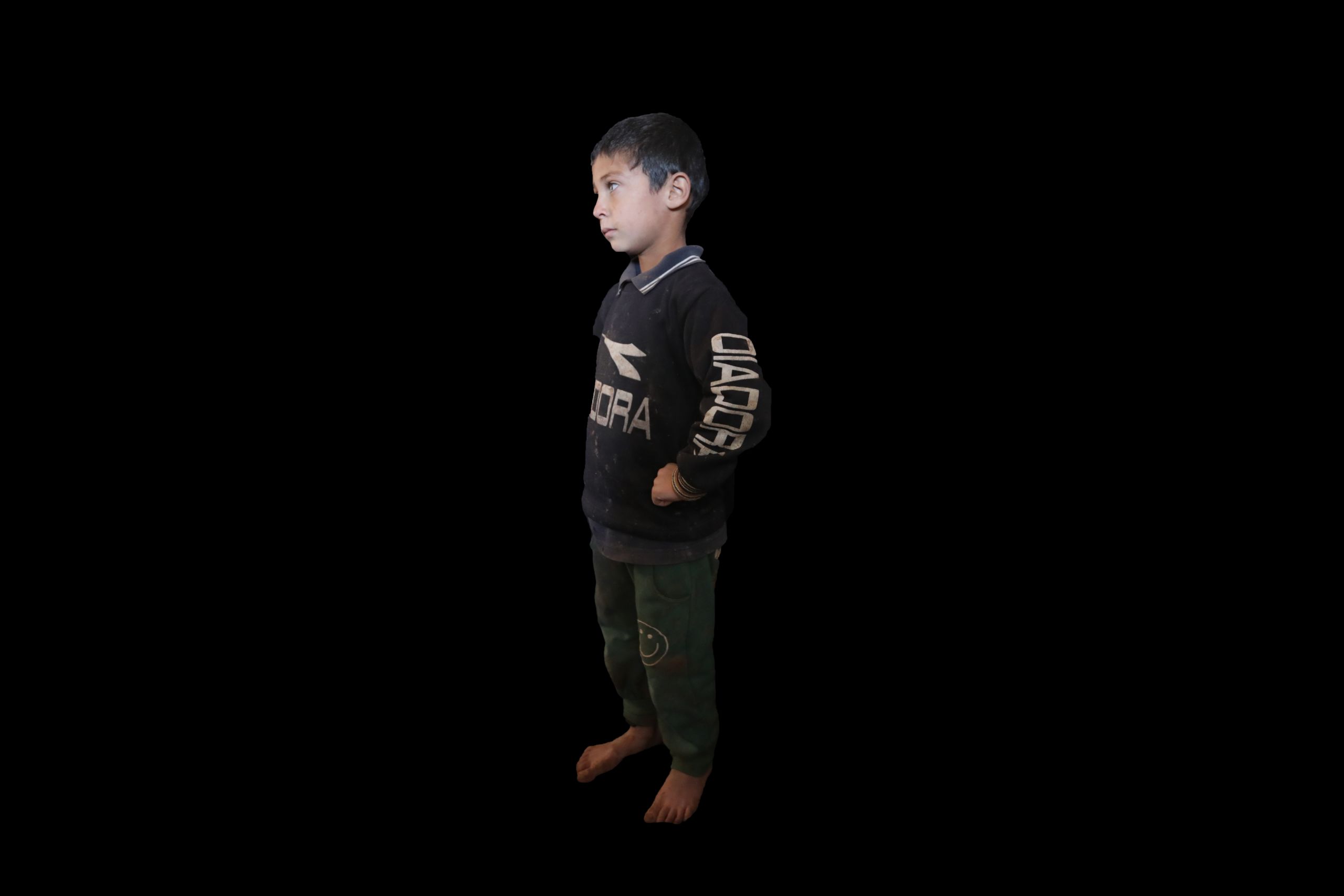
Yusuf
Yusuf
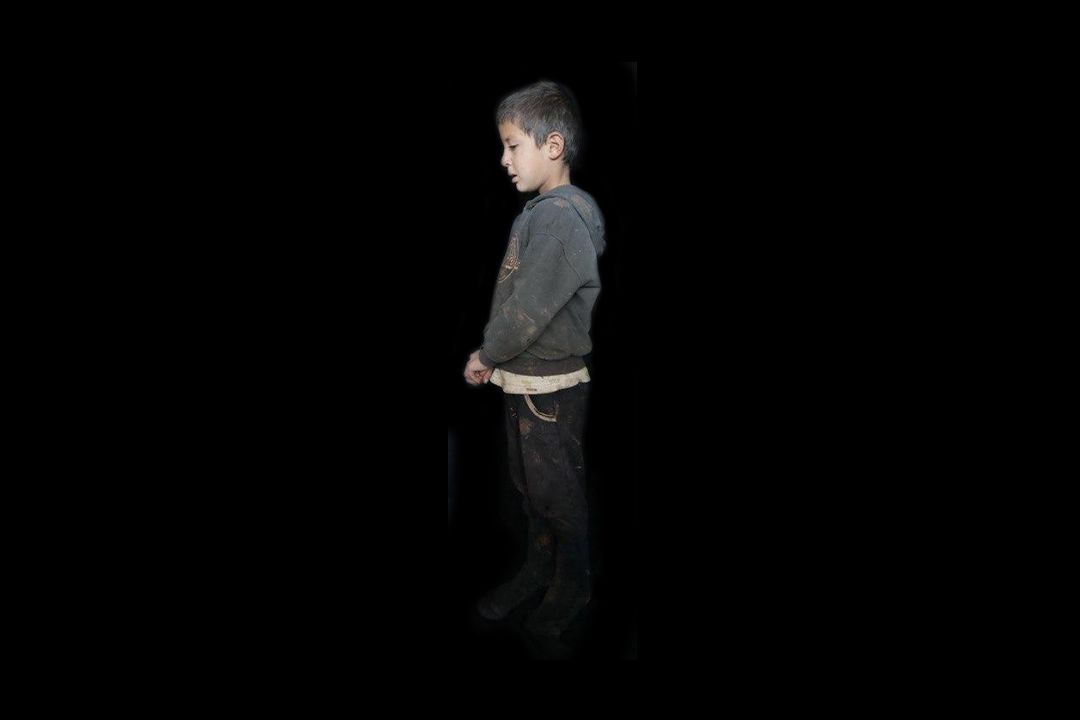
Mahmoud
Mahmoud
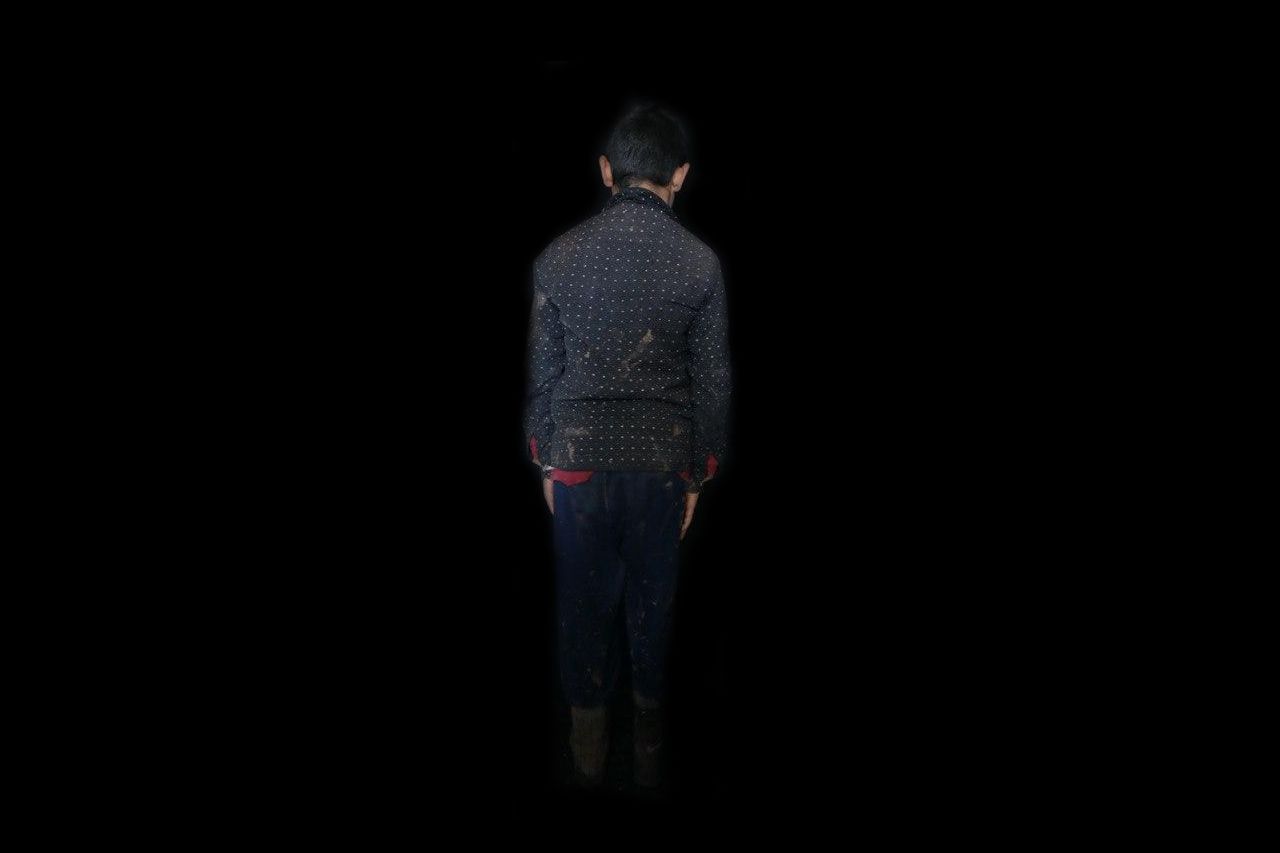
Abd el Hay
Abd el Hay
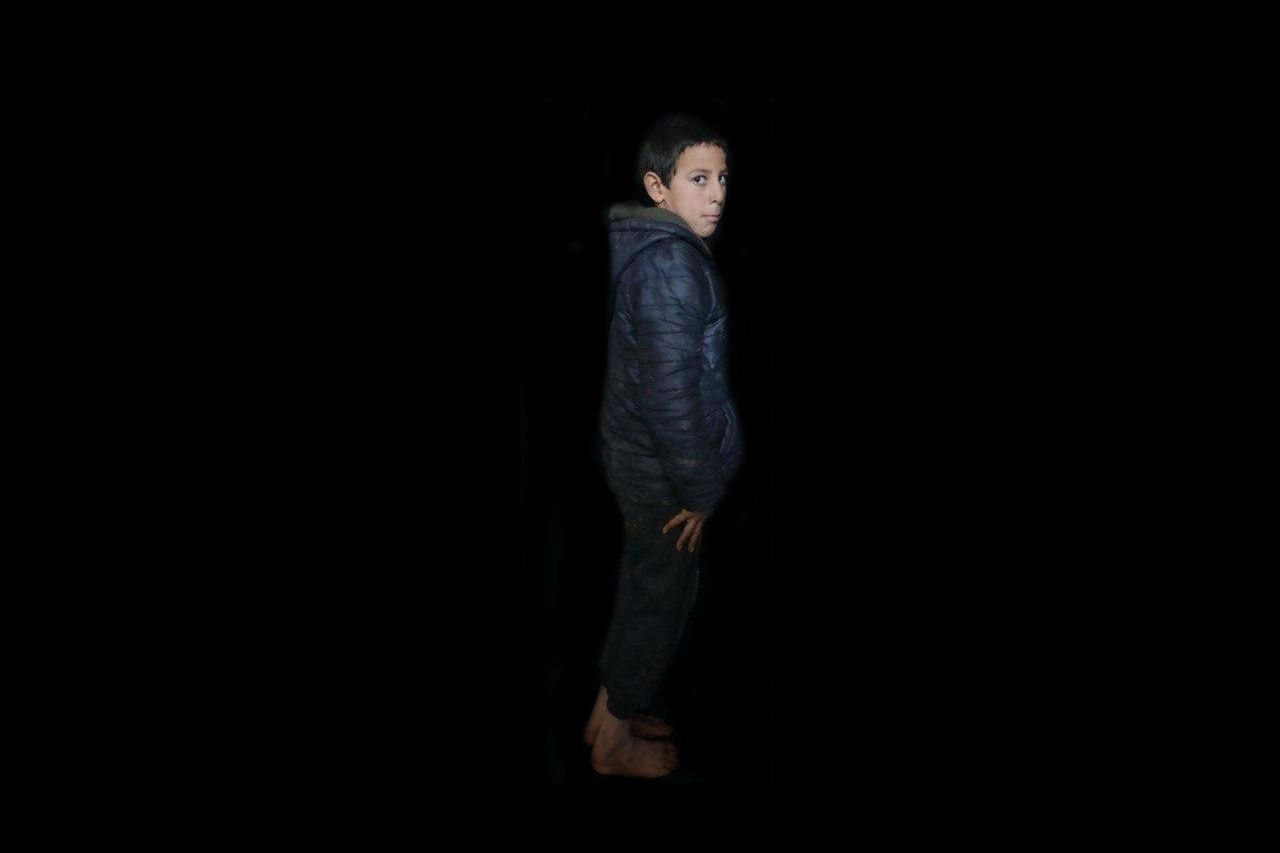
Adnan
Adnan
It was three pm when we met a group of children playing at the camp’s playground, each has his or her own way to face the extreme cold:
“I wash my clothes twice a week and borrow my sister’s until mine dry,” said 10-year-old Khadijah.
“I do not have a coat. I fully wrap my shoulders in a blanket when I feel extreme cold,” said 6-year-old Yusuf
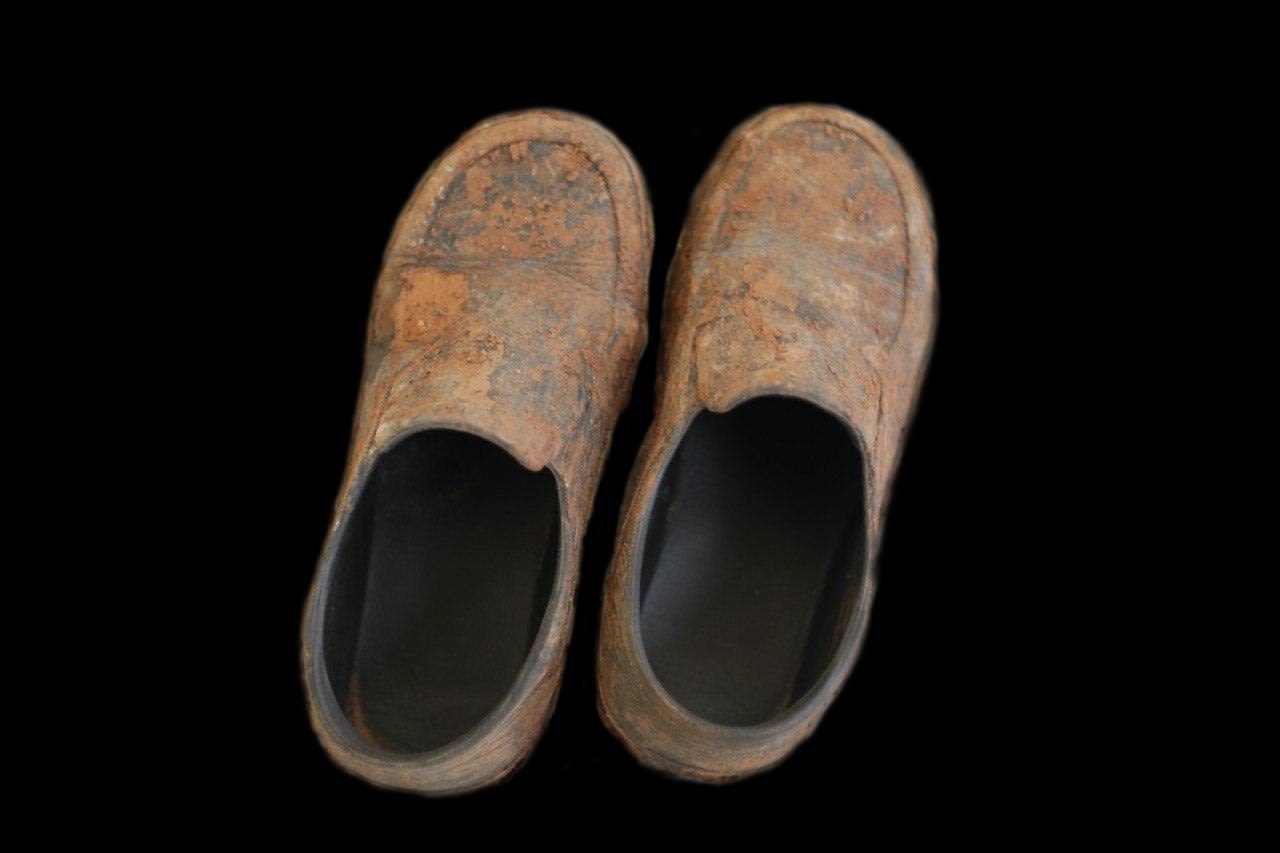
“My father bought me this second-hand coat,” said 5-year-old Mahmoud.
“I have two pairs of pants. I wear them both, one over the other, because one is lightweight and cannot alone keep me warm in winter,” said 10-year-old Abd el-Hay.
“I do not have a coat. Instead, I wear two sweaters, one over the other. I also put on a mismatched pair of socks,” said 11-year-old Adnan.
The clock strikes five; it is bedtime for Azaz Camp’s residents. If you try to eavesdrop to make sure the children have slept, you will not succeed for the wind blowing around is much louder; the same harsh wind those little boys and girls impatiently wait for it to stop whipping their tinybodies!


